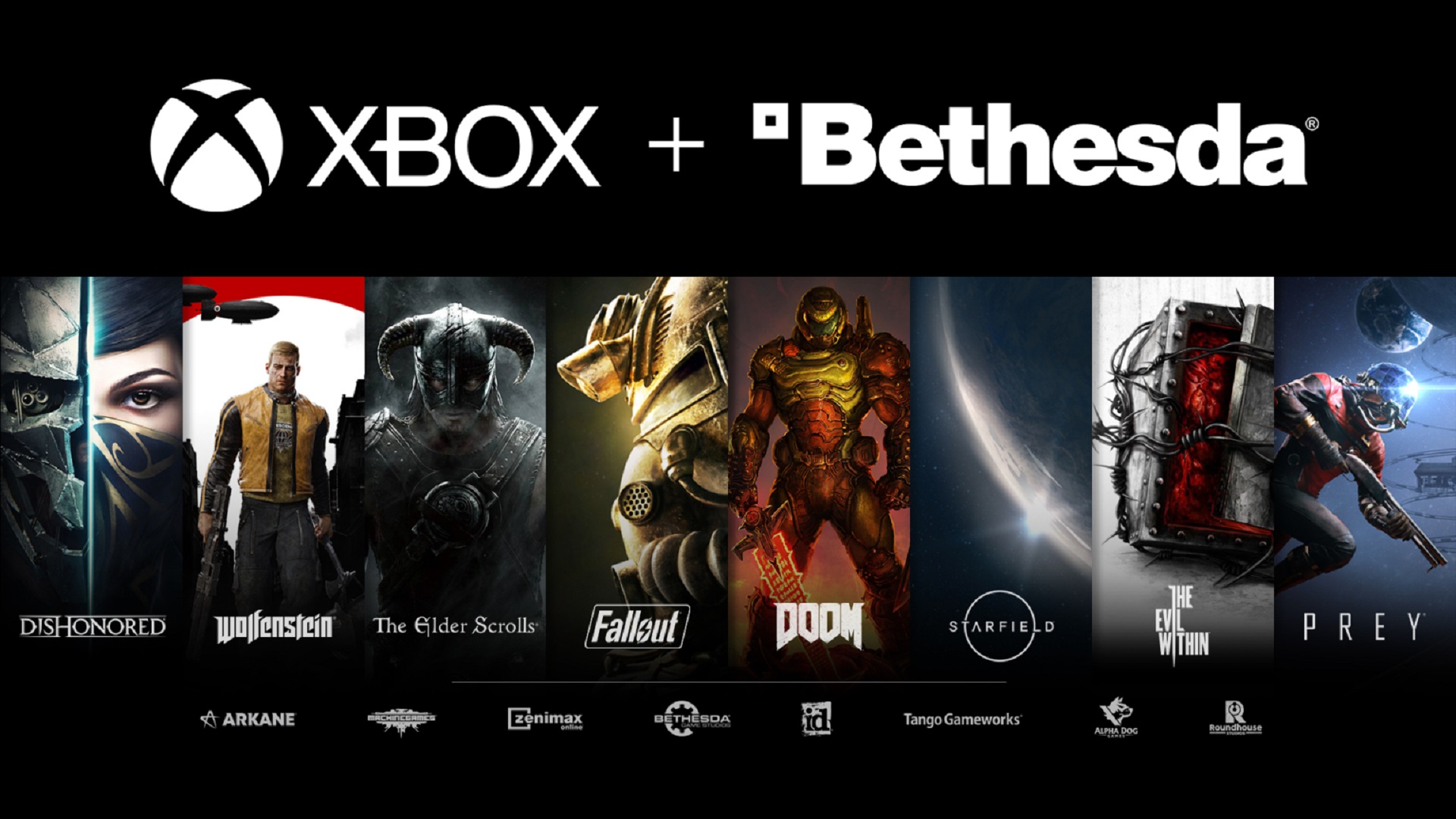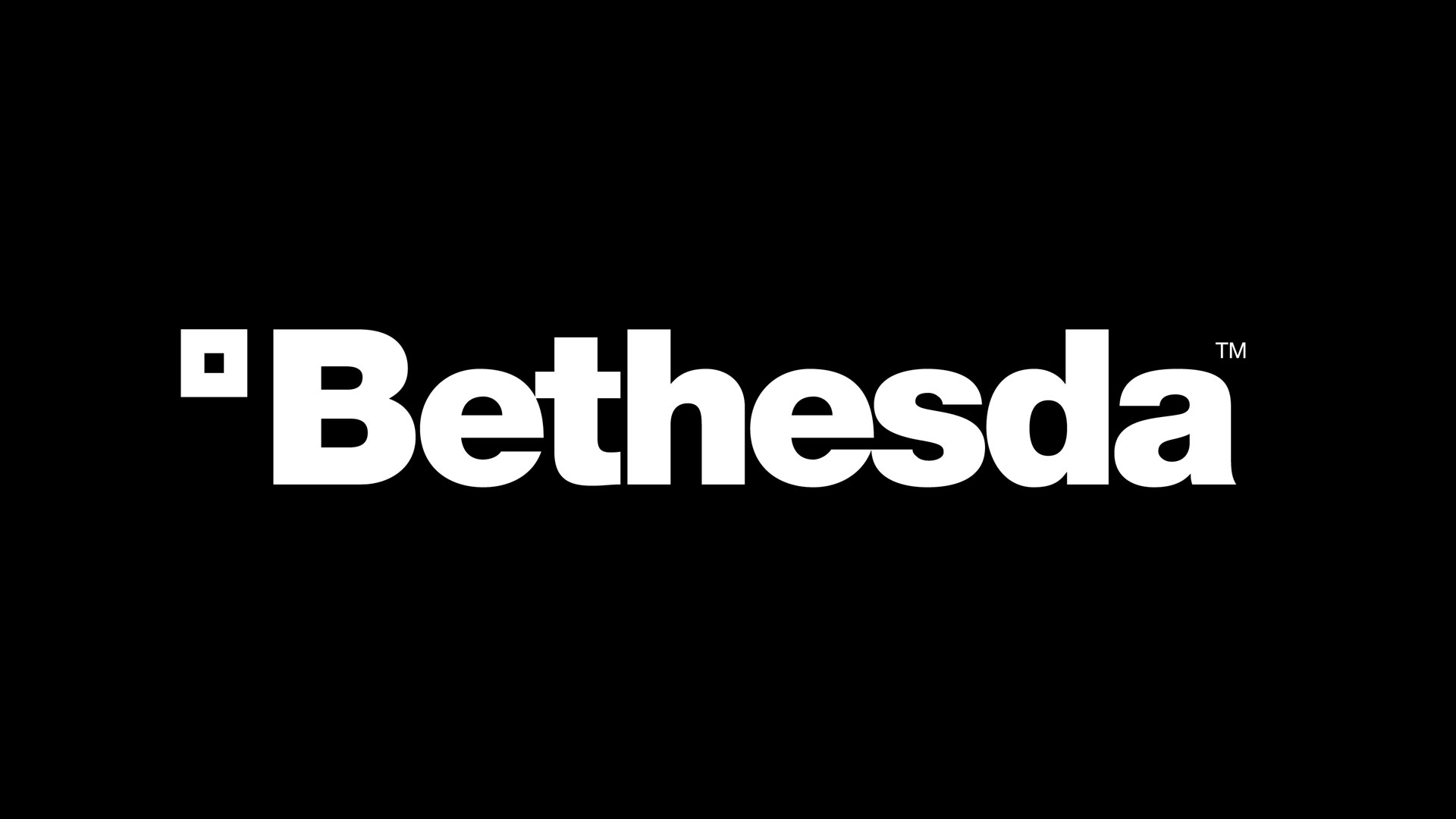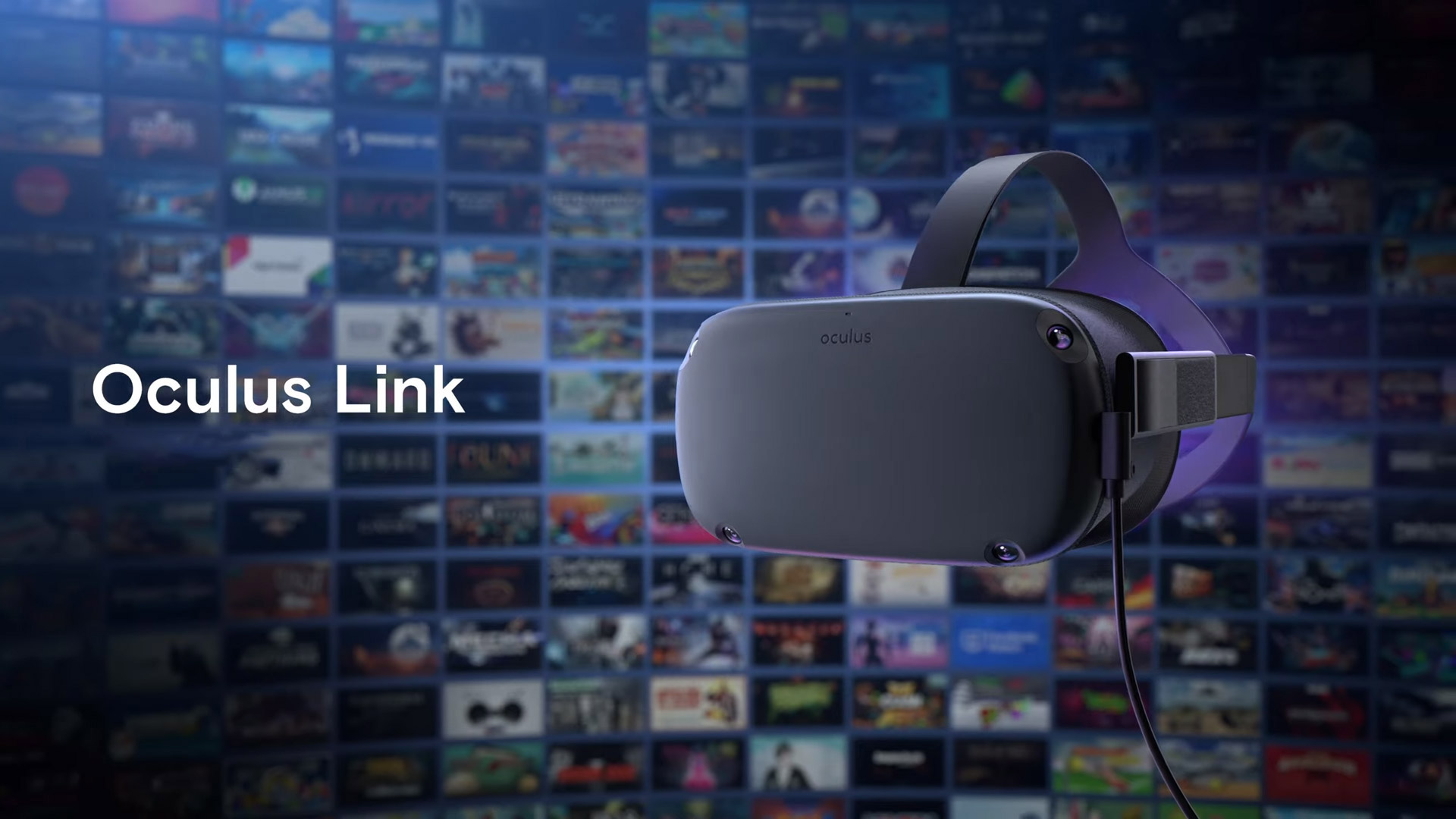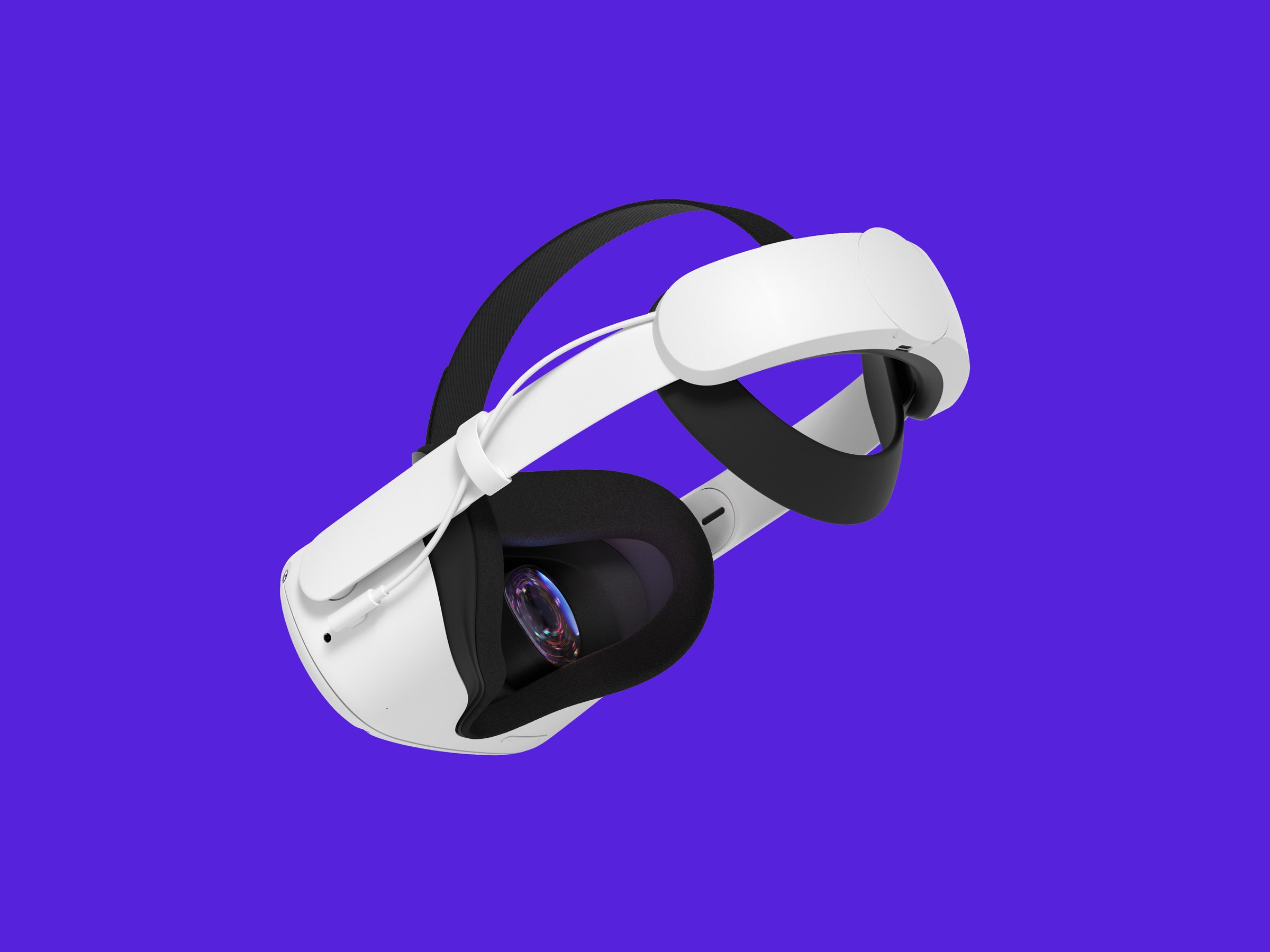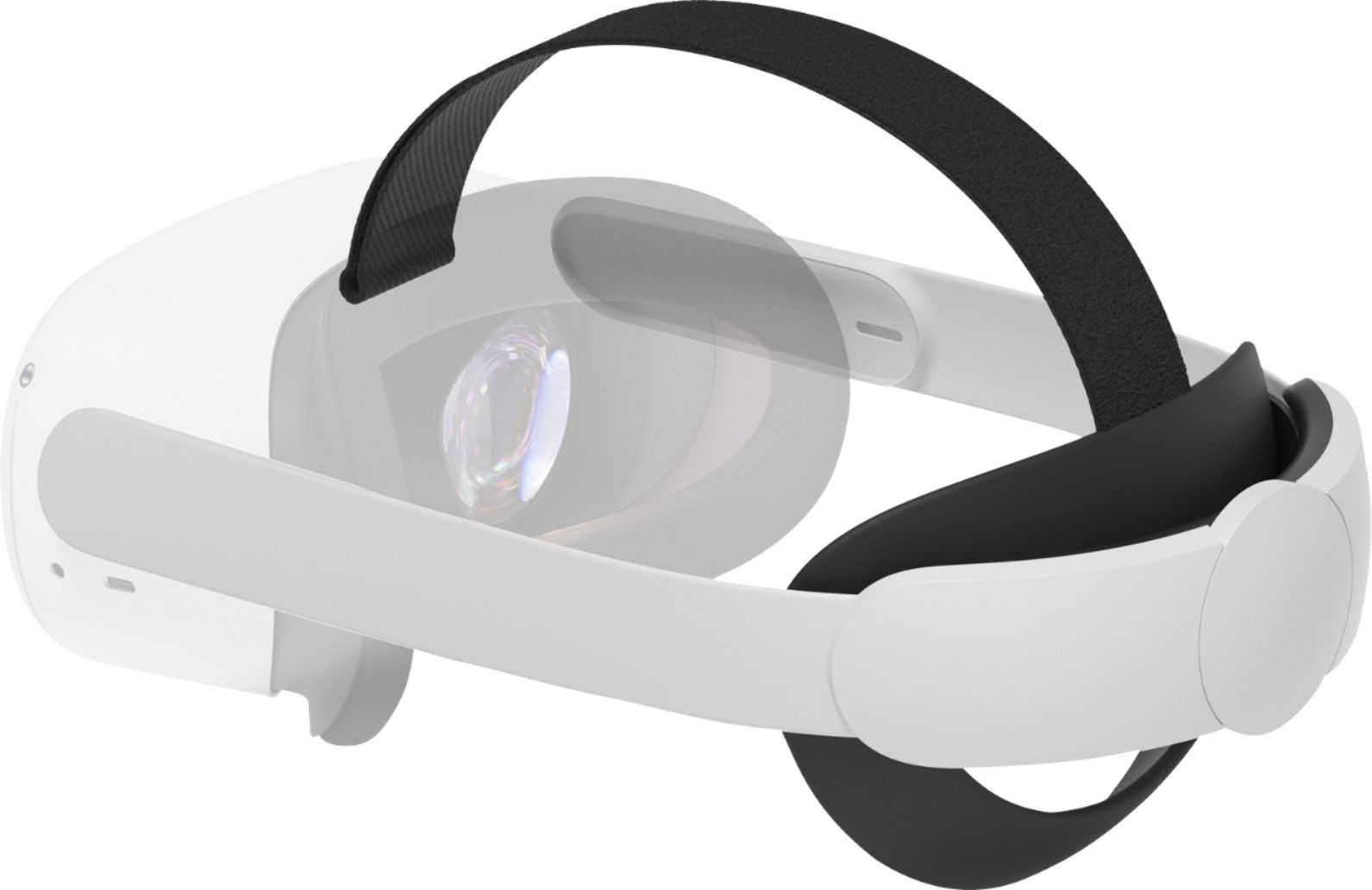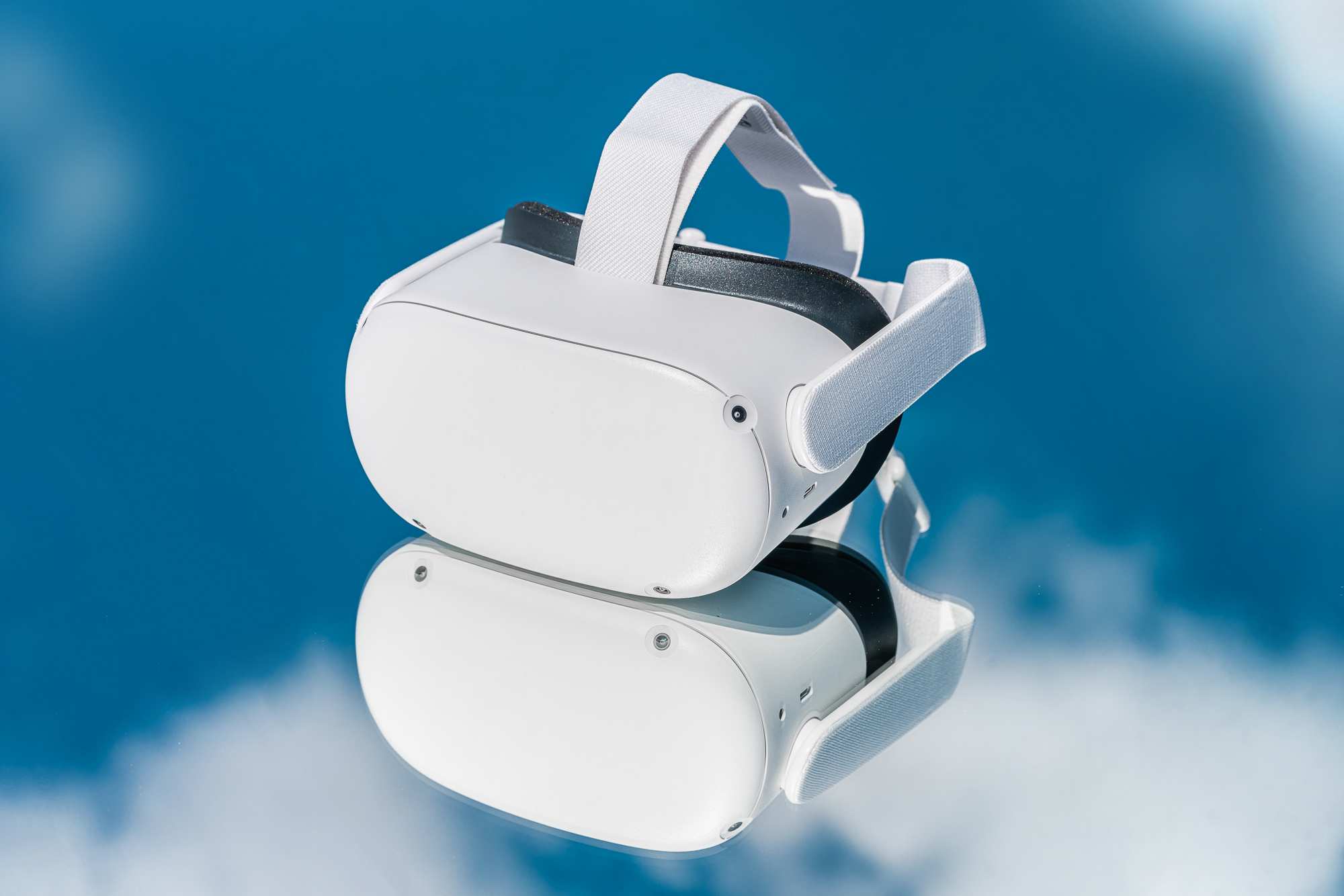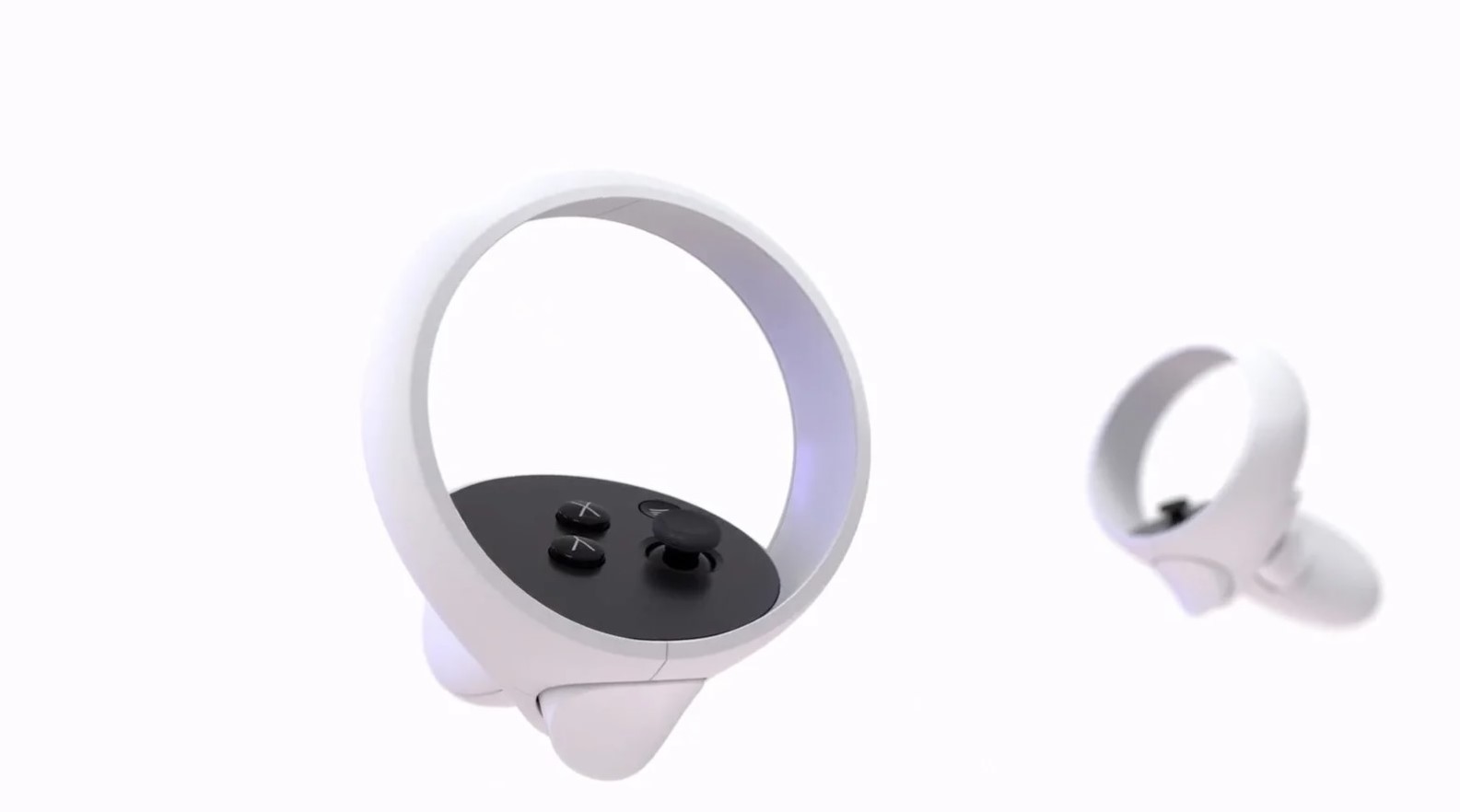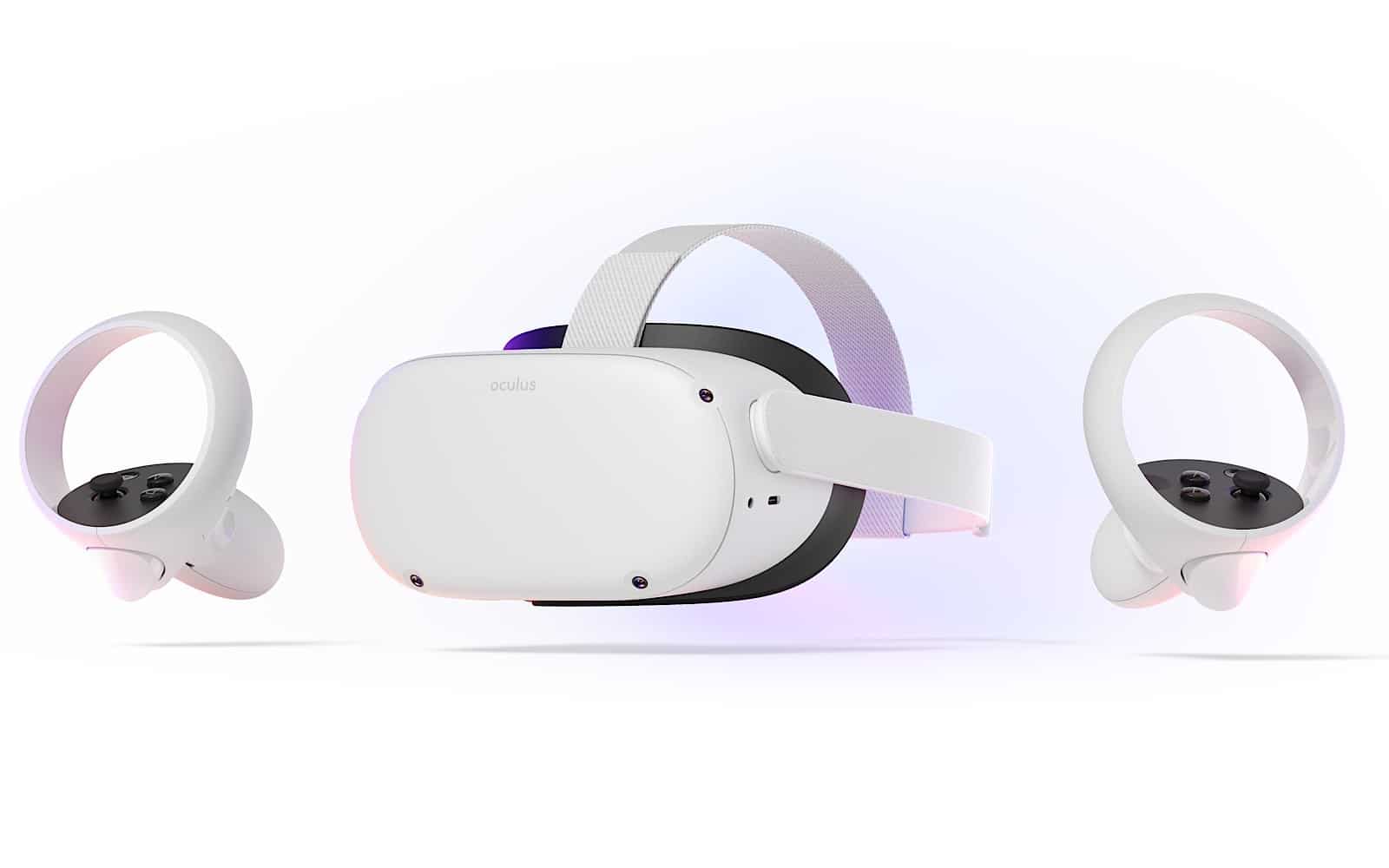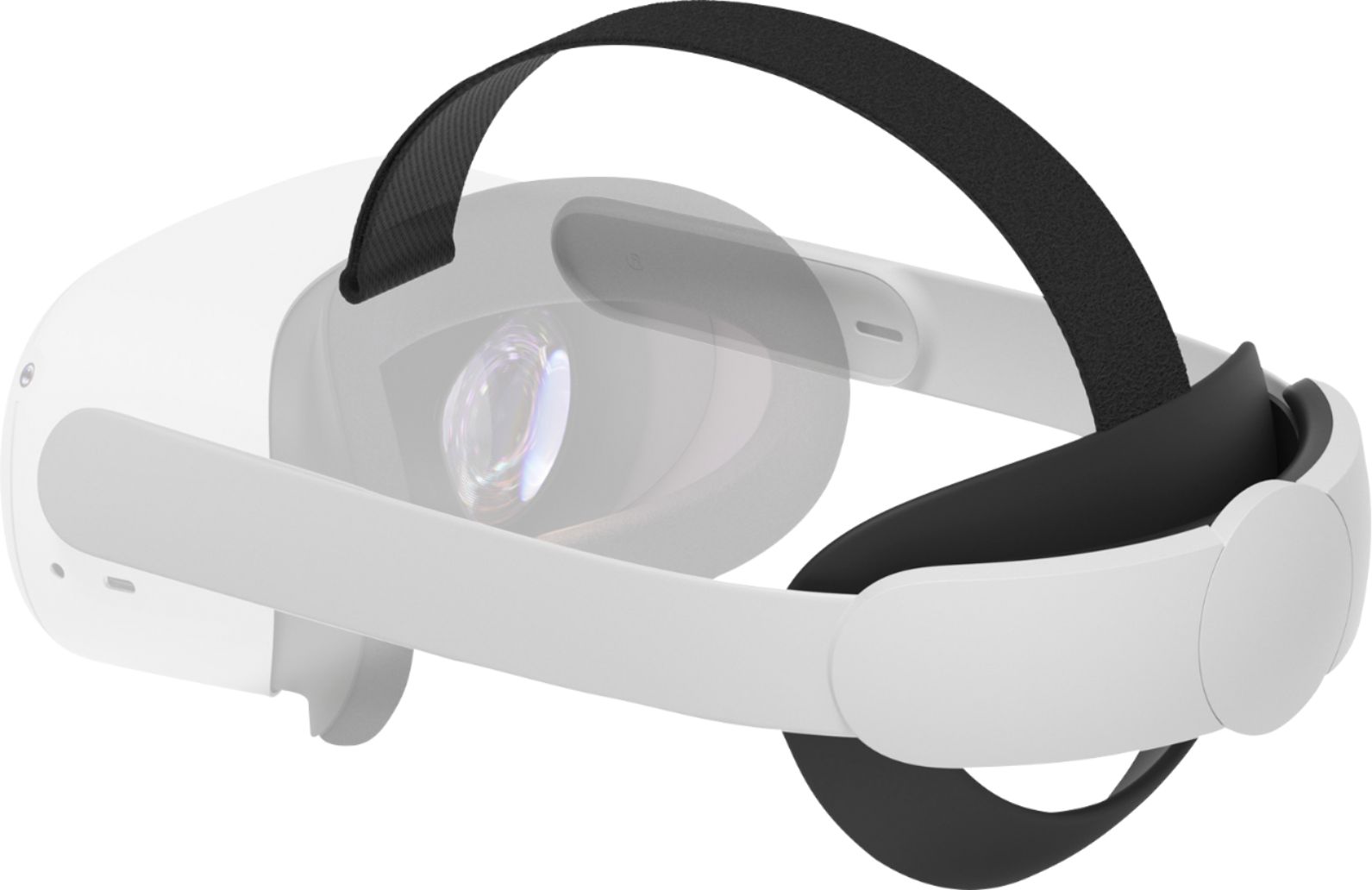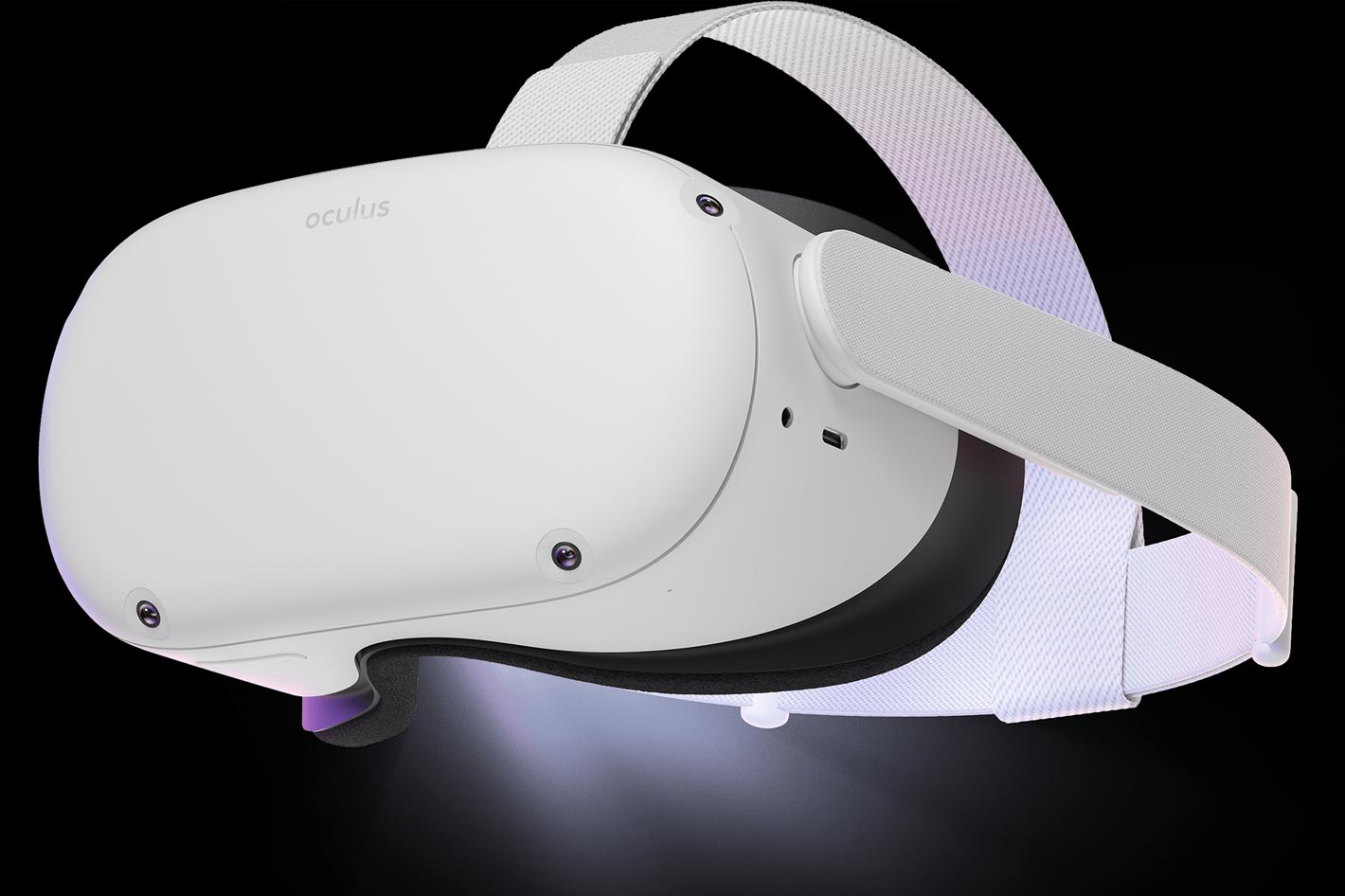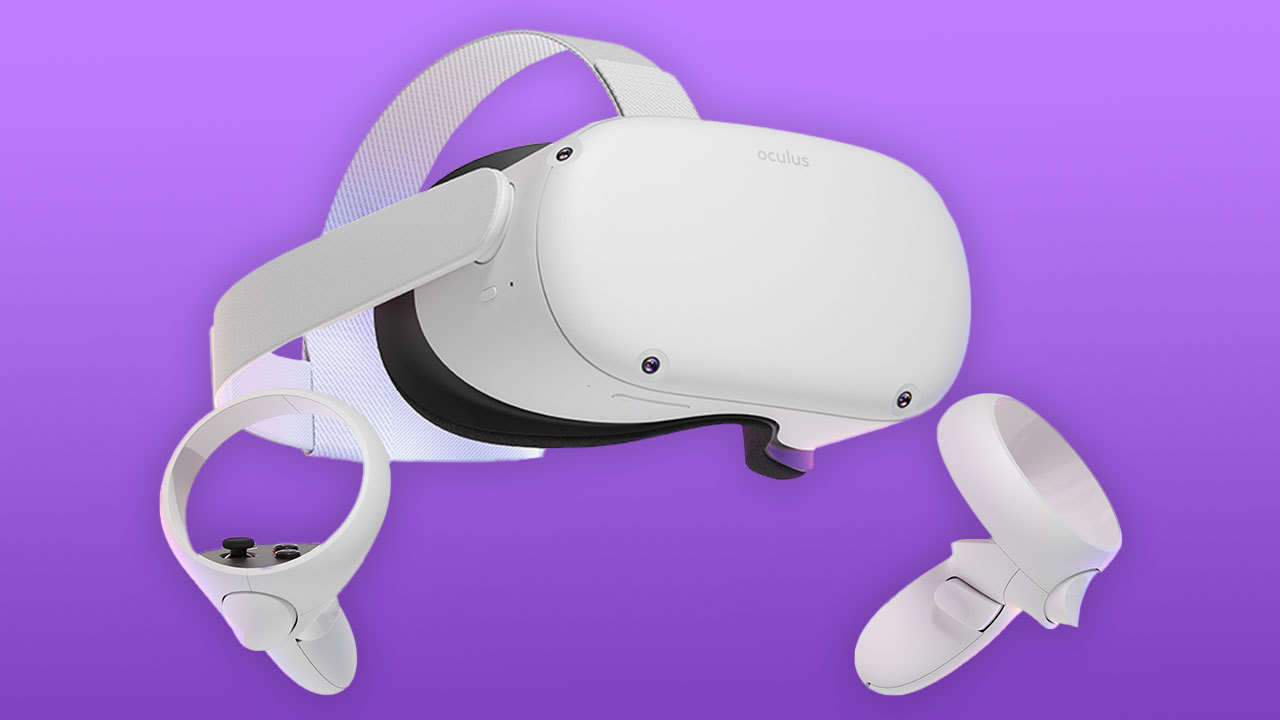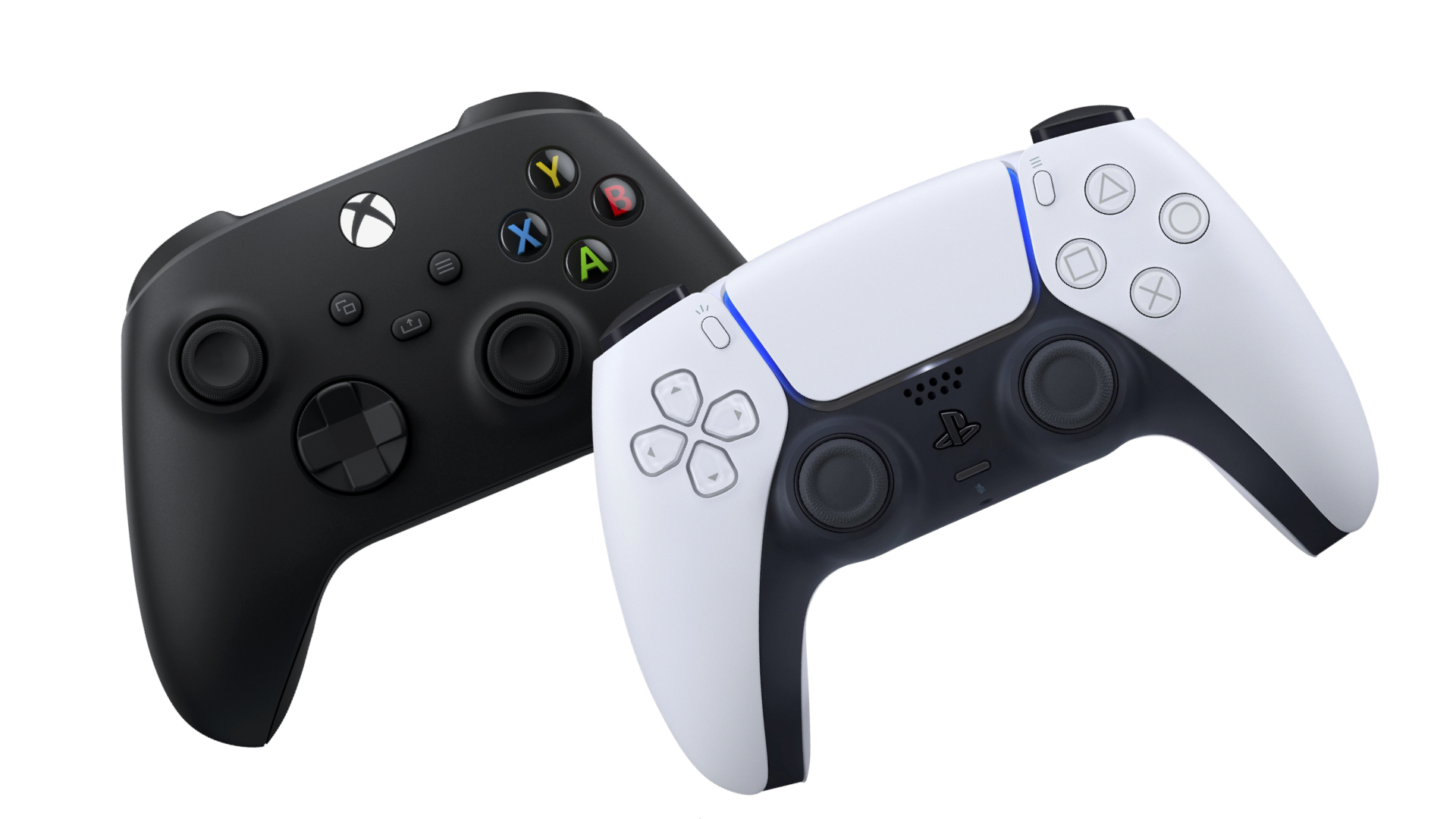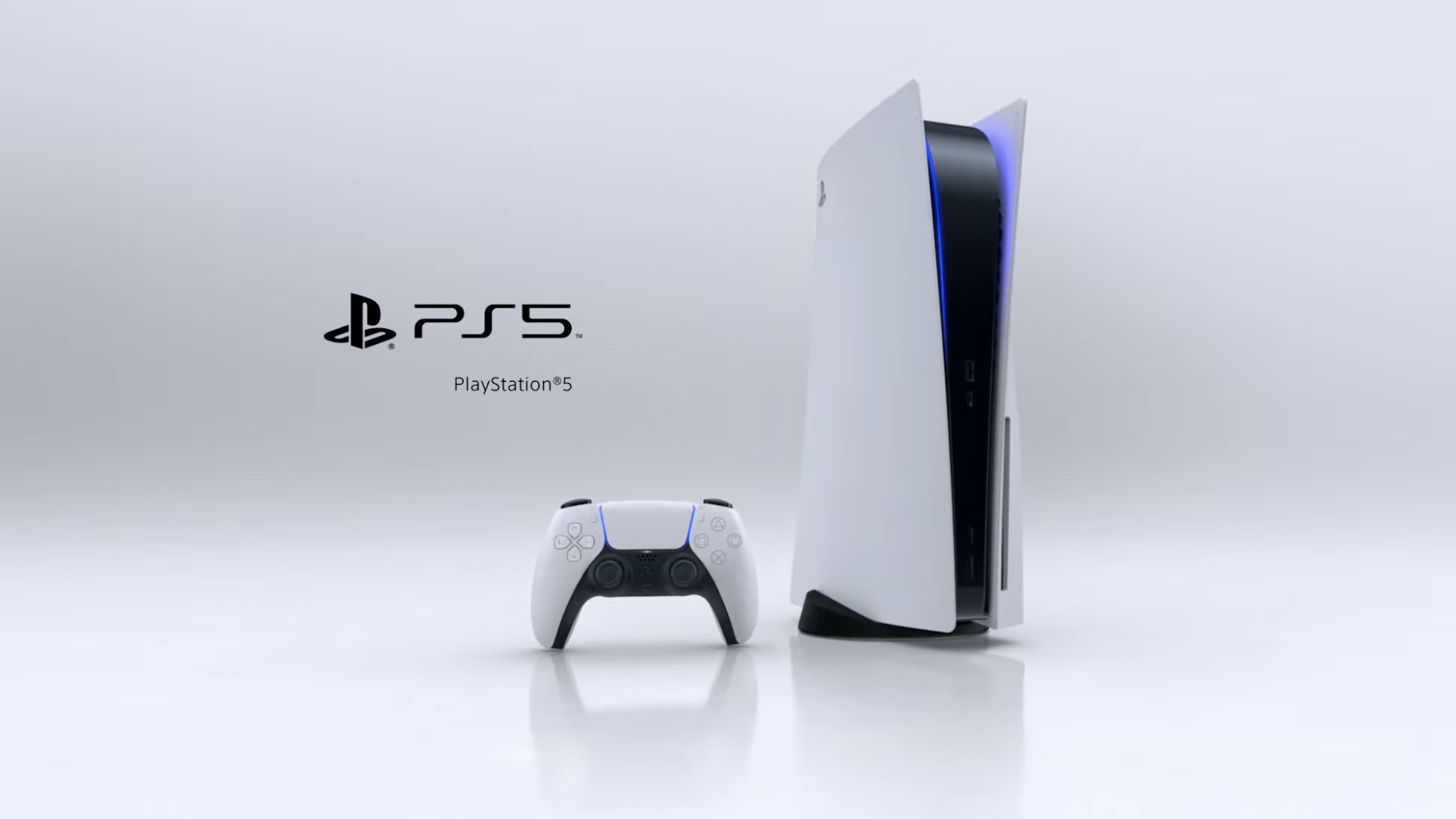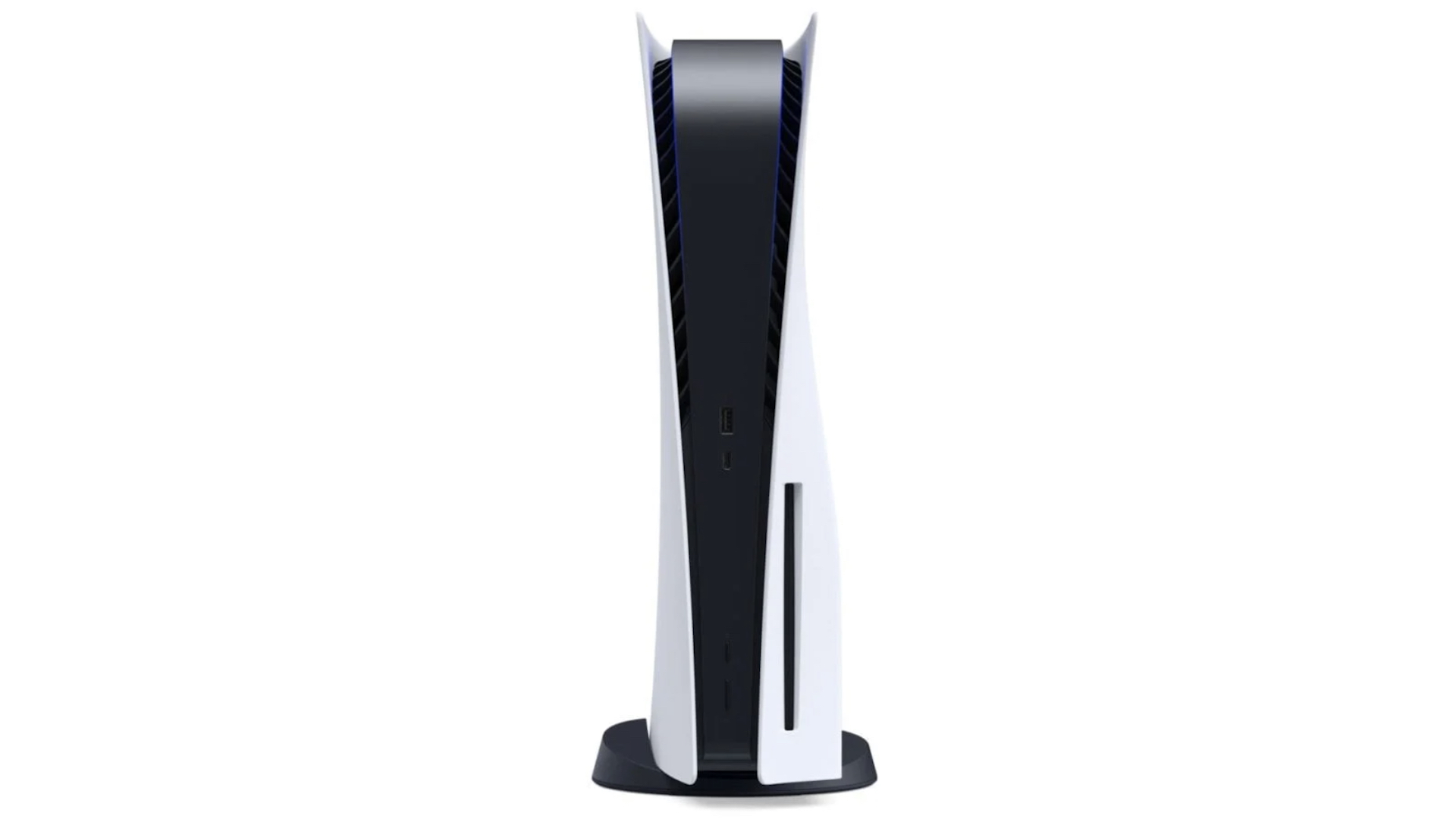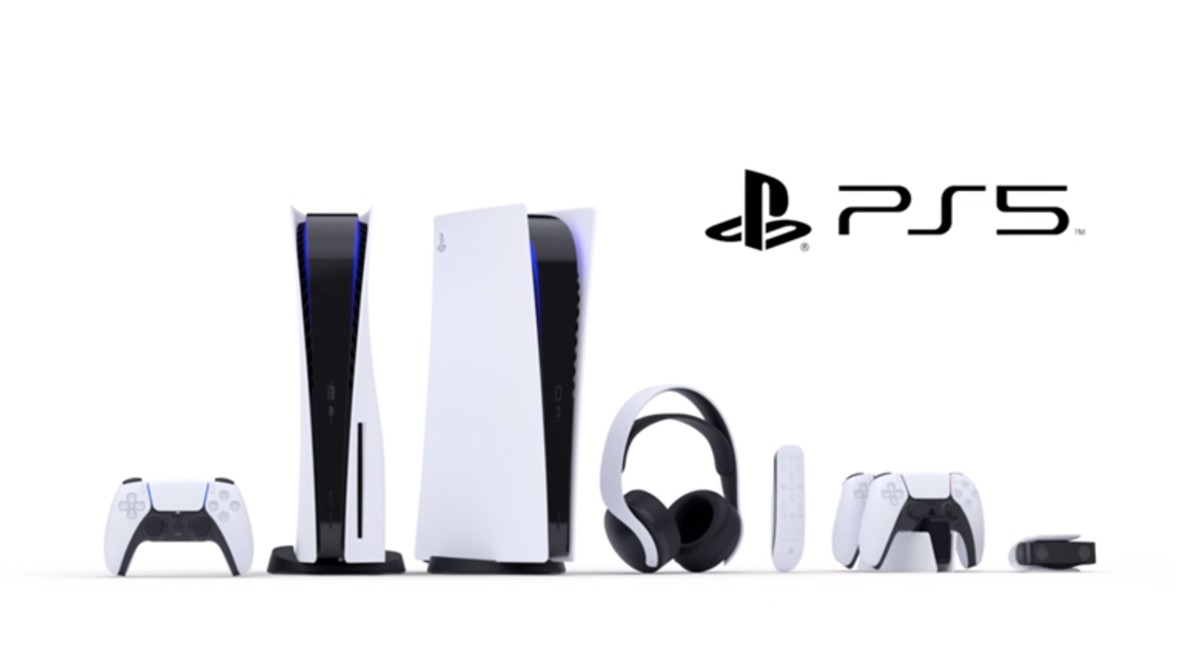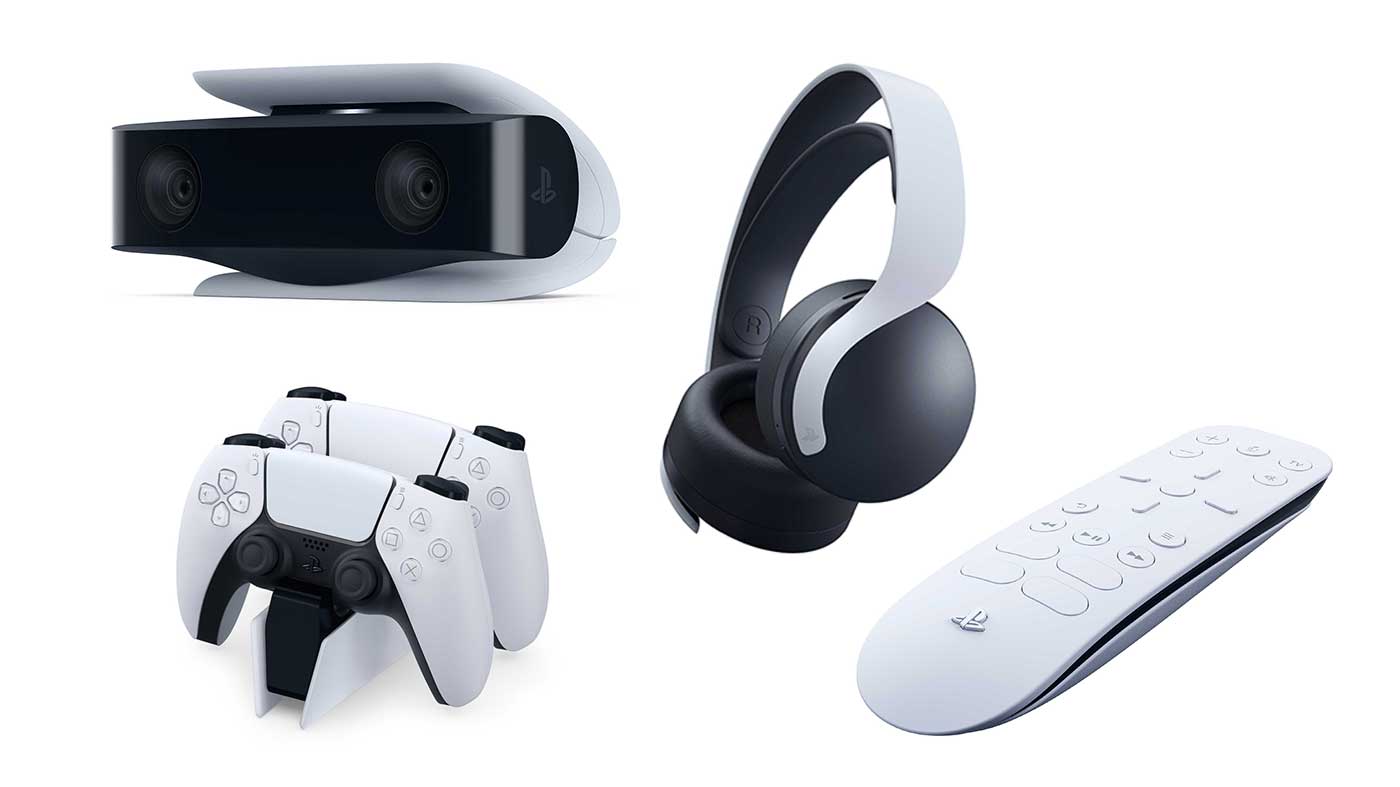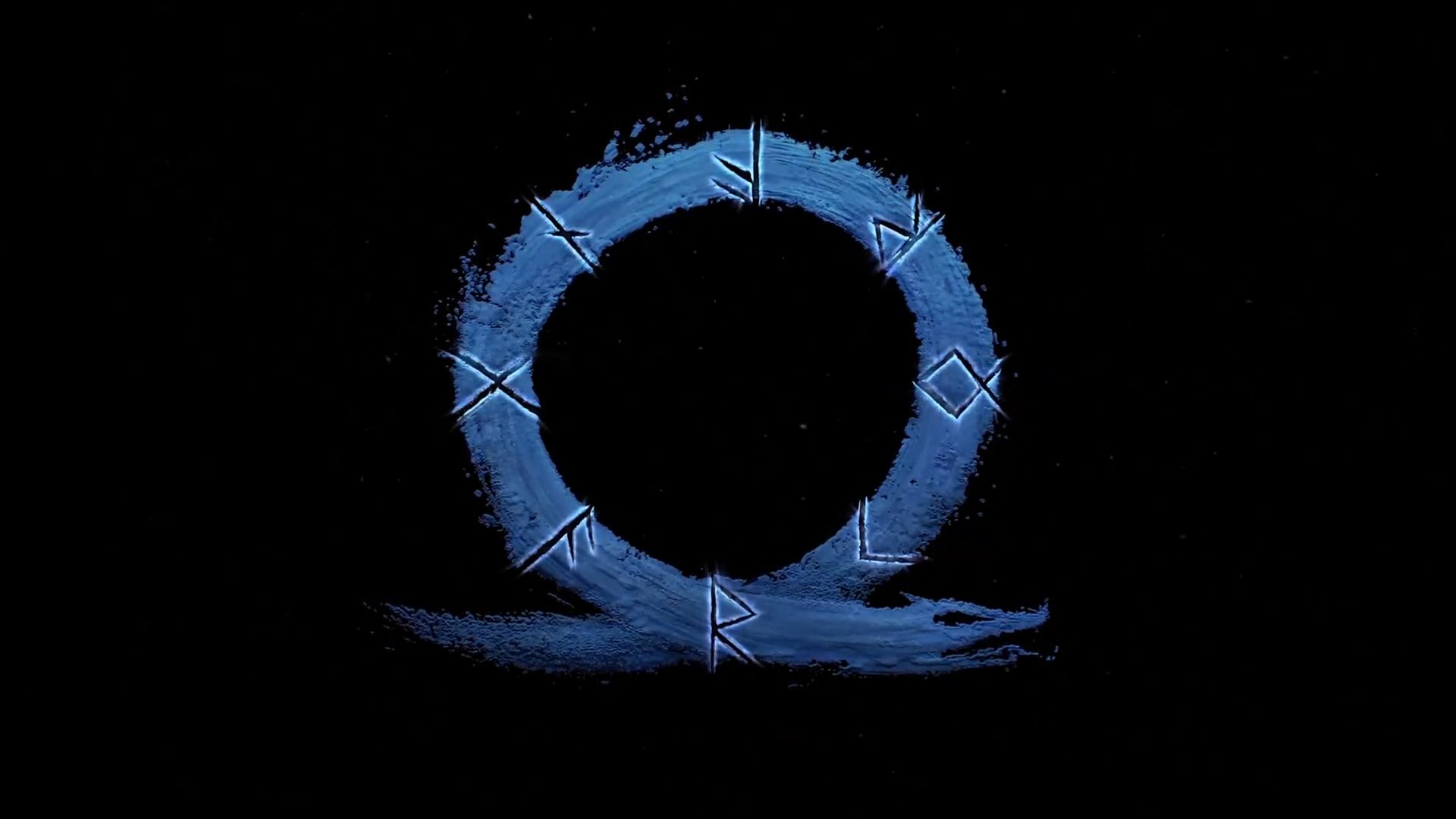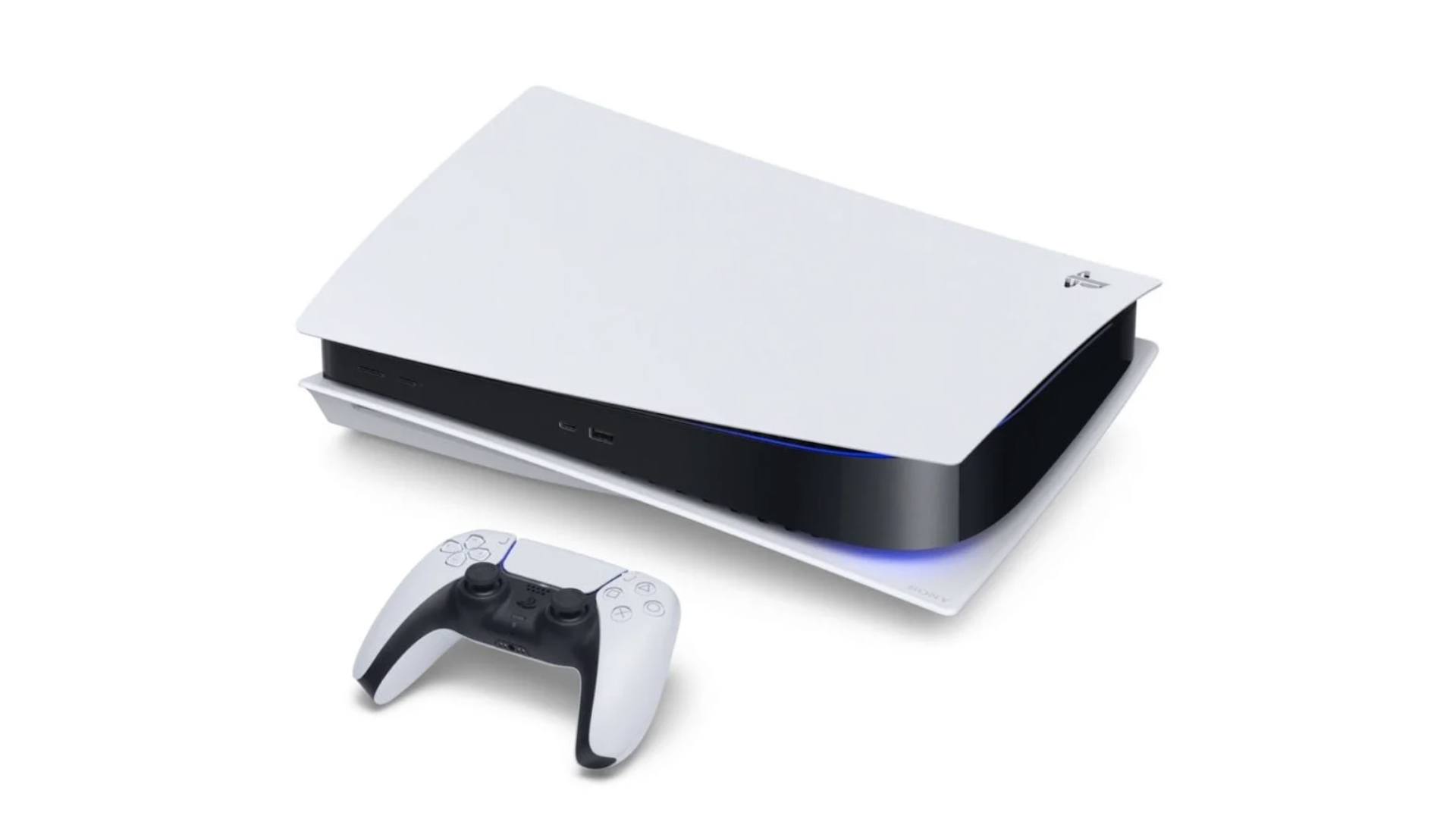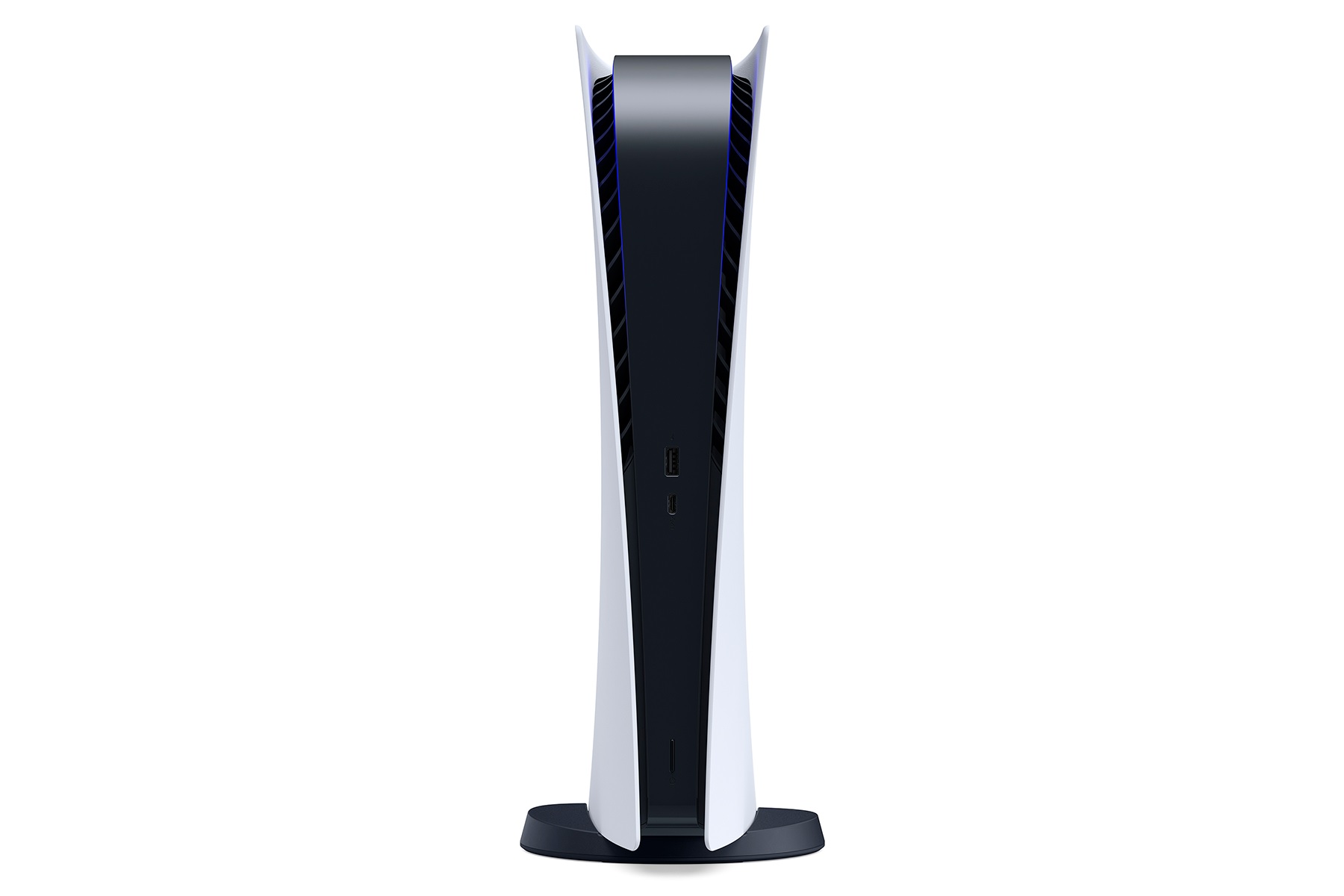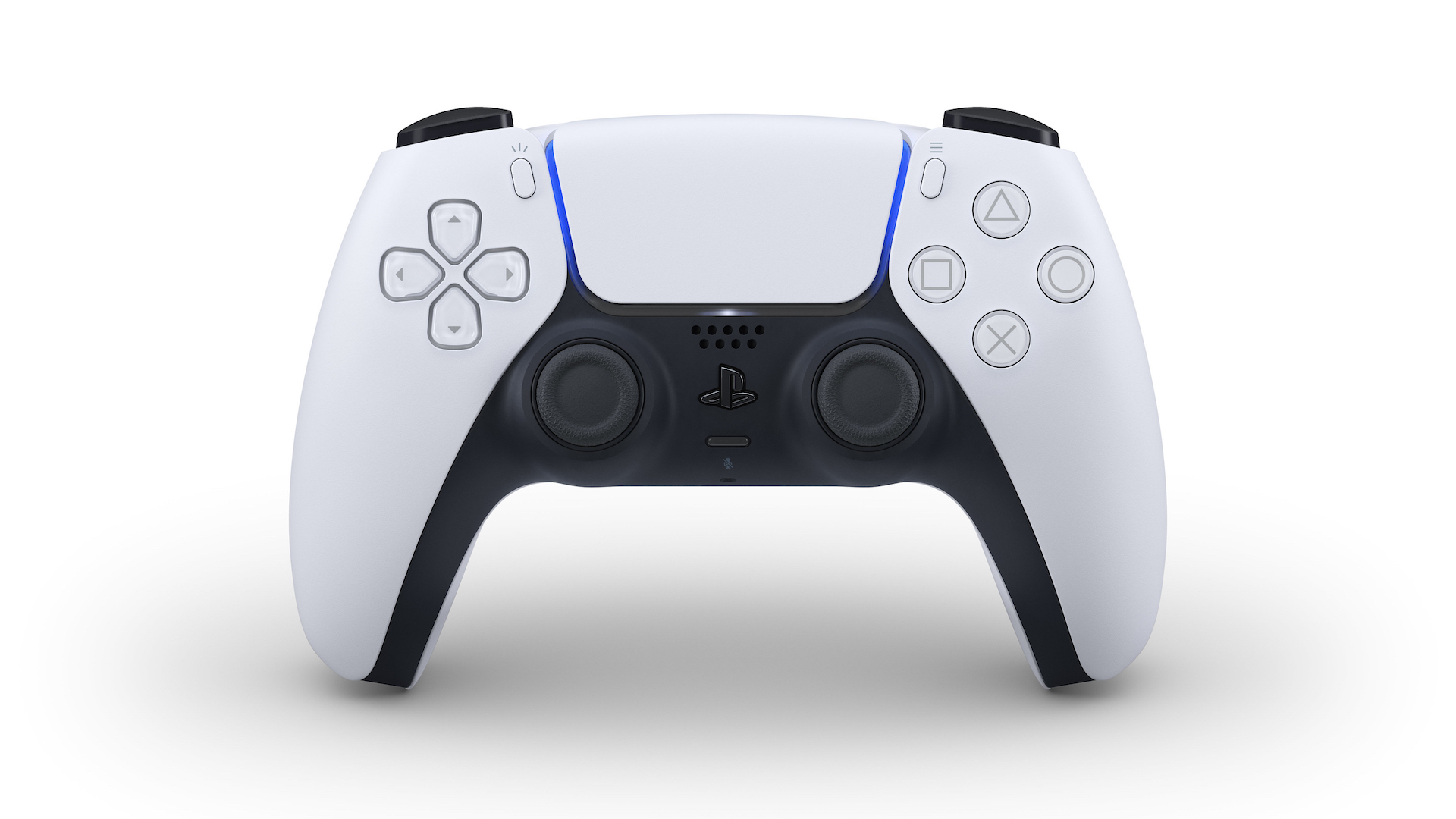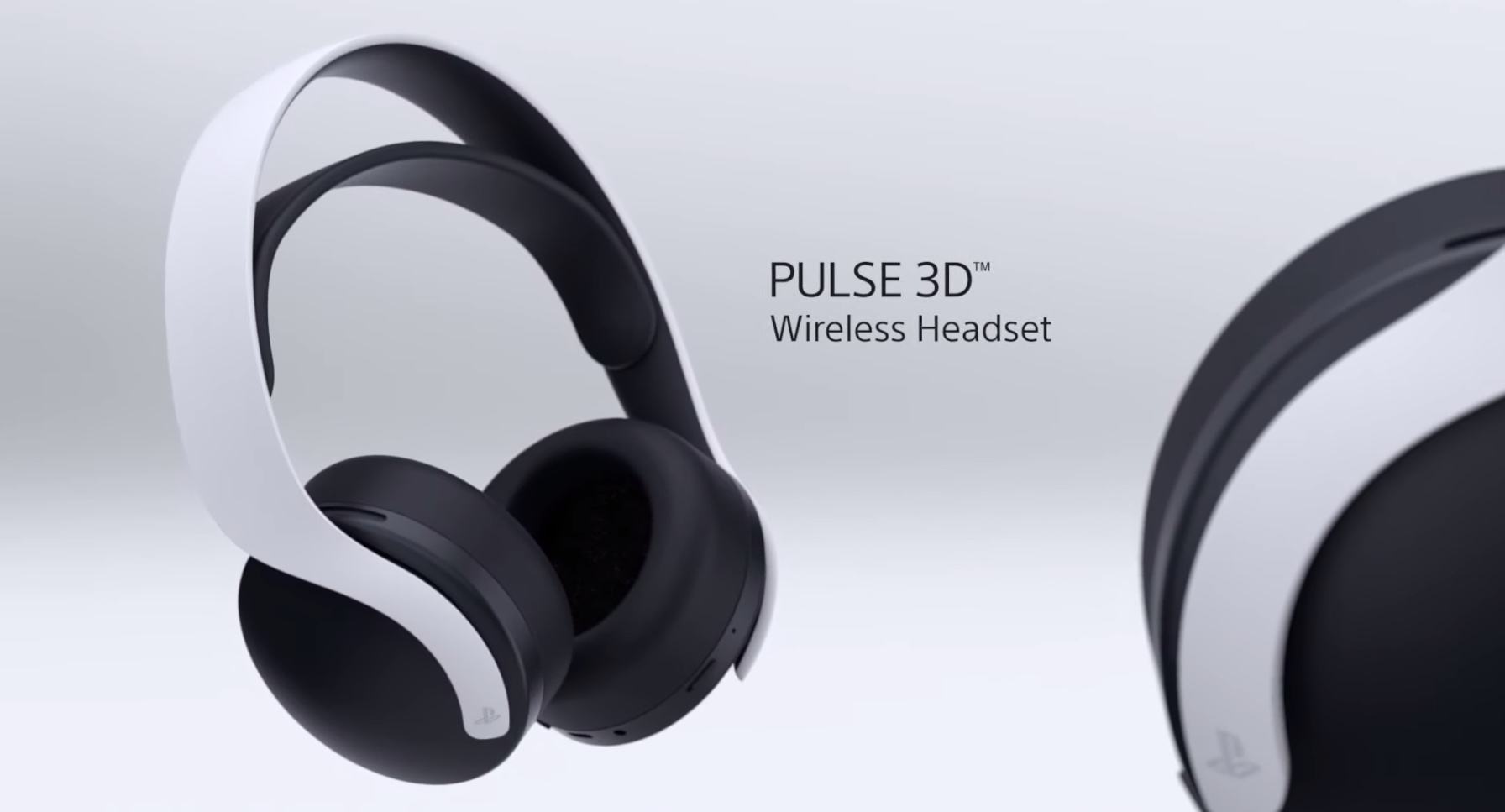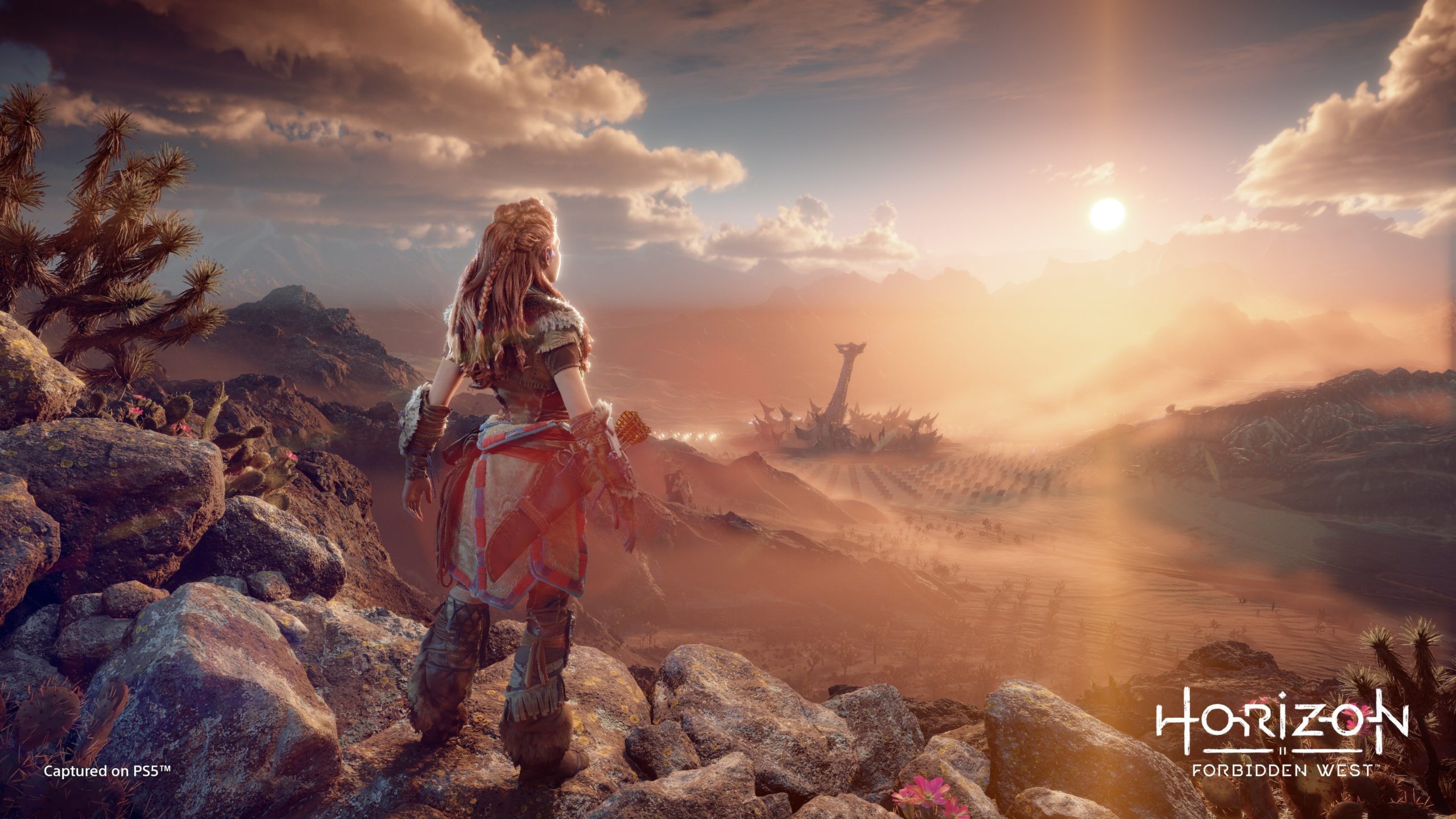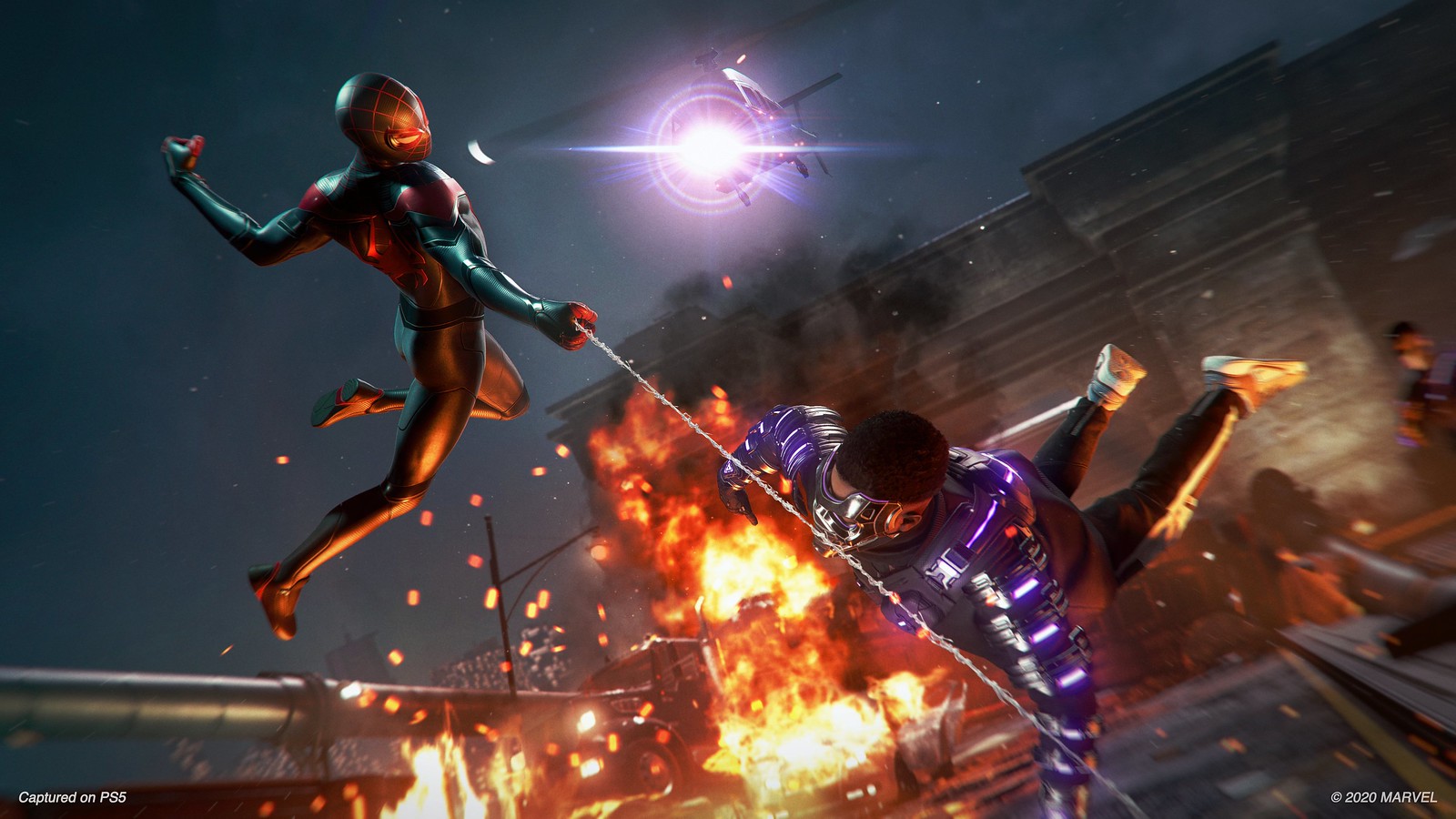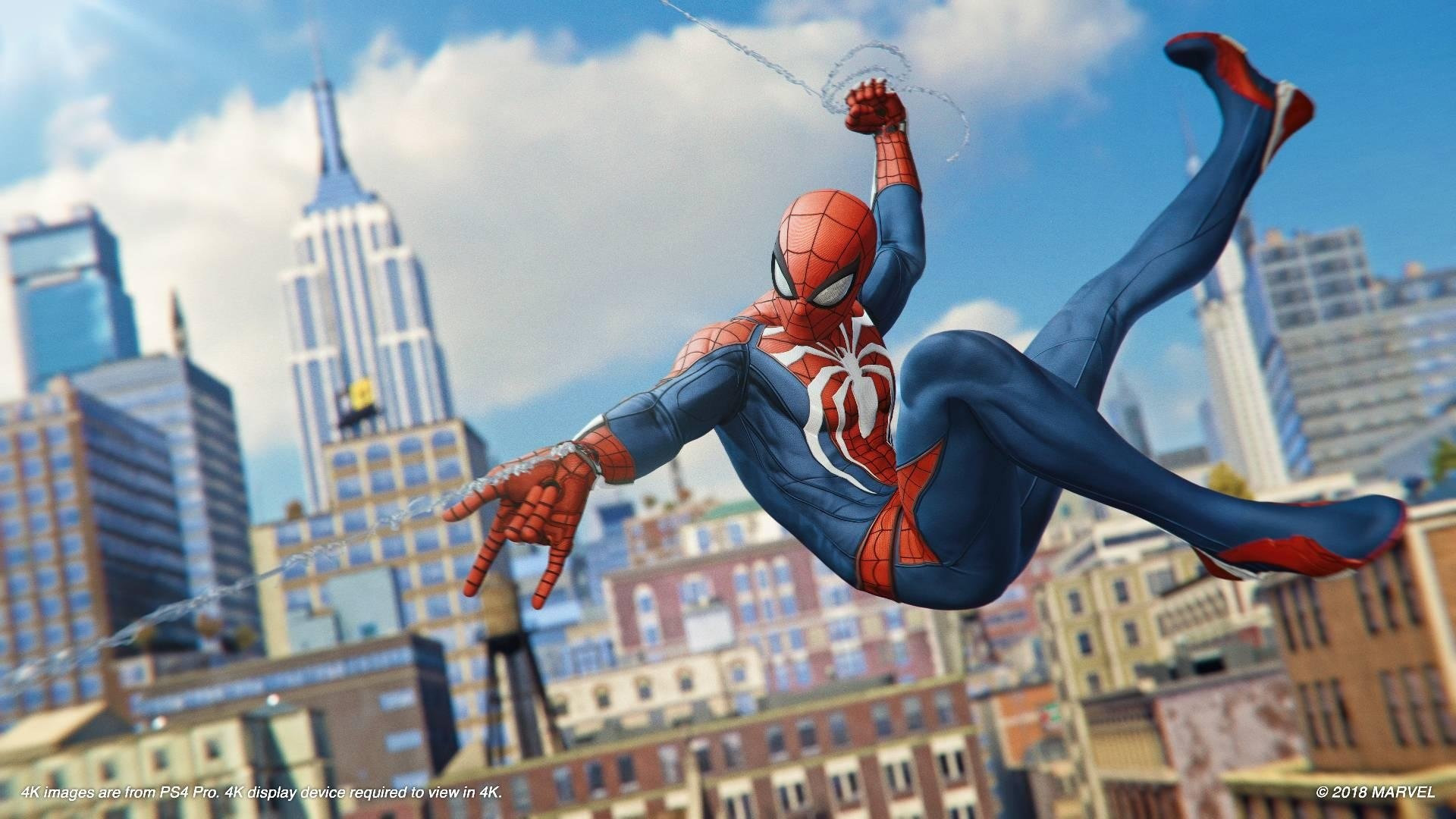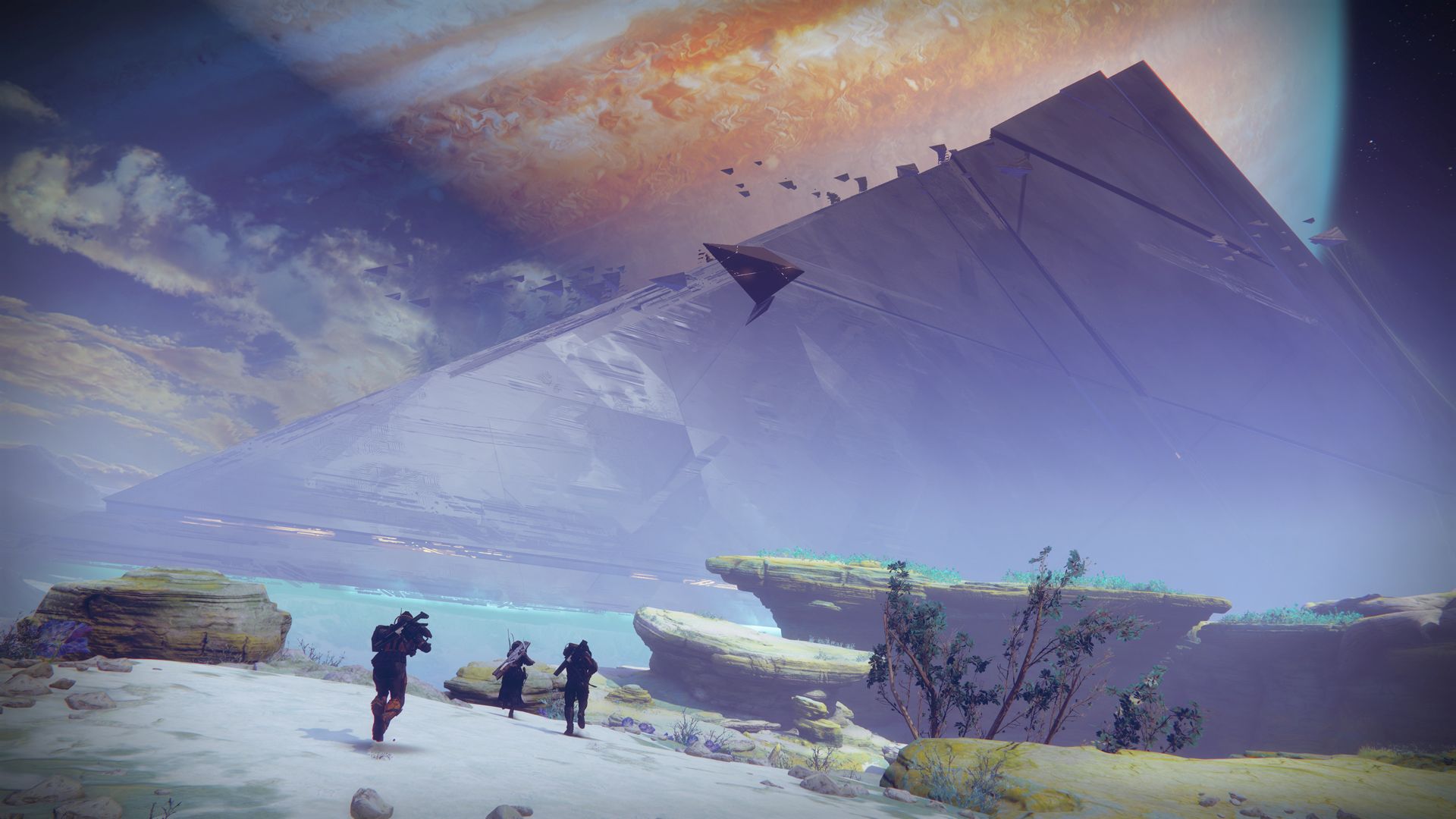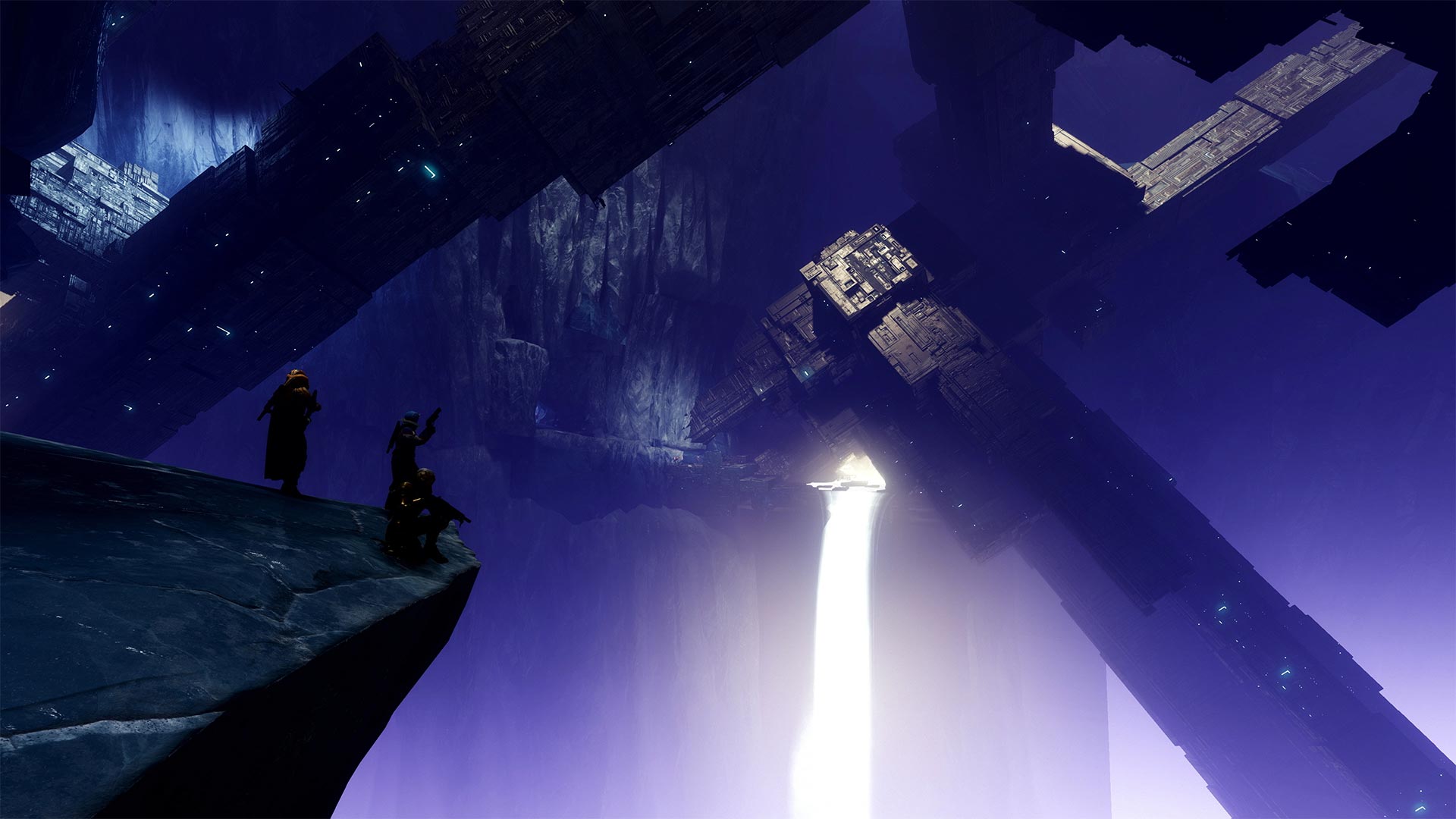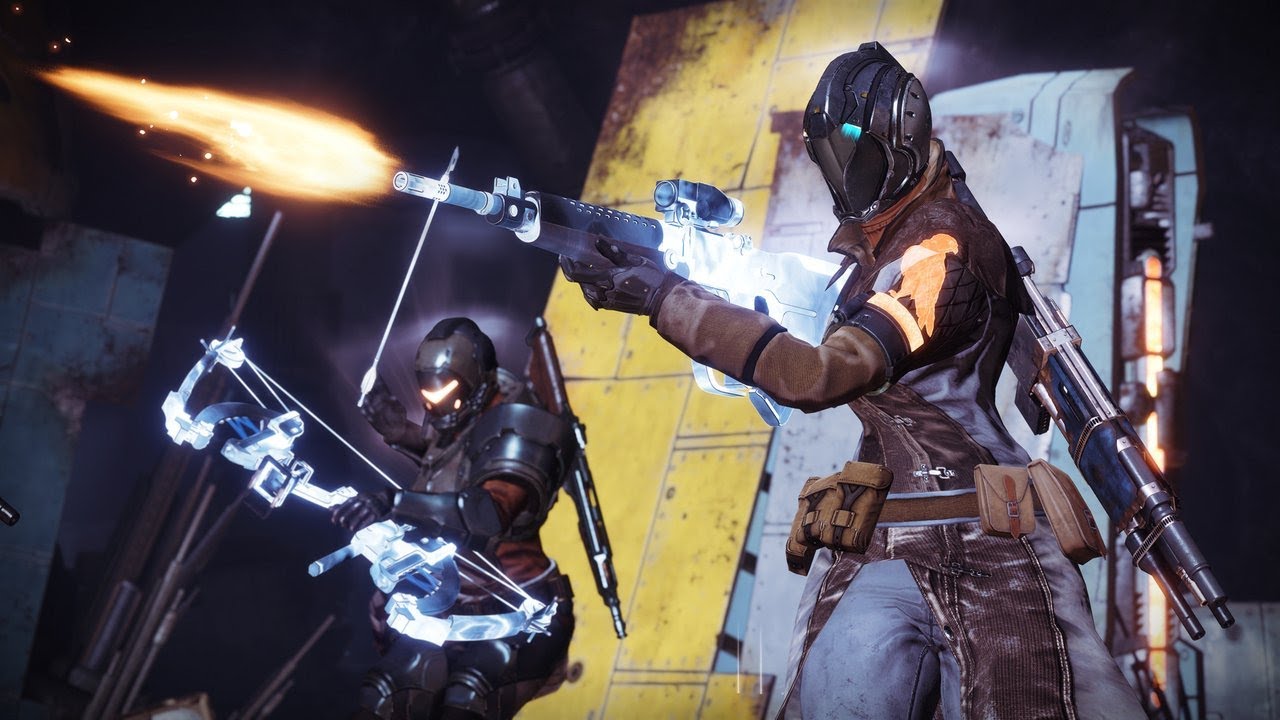Xbox and Bethesda Partnership is About "More Than One System or Screen" – Todd Howard
In an announcement no one really expected (ever), Microsoft has acquired ZeniMax Media which includes Bethesda Softworks and all of its companies. This throws a huge wrench into the upcoming next-gen console war especially with Bethesda-published titles like Deathloop and GhostWire: Tokyo being timed exclusive to PS5. But according to Todd Howard, known for series like The Elder Scrolls and Fallout, the trajectory of both companies has gone "hand in hand" in many ways throughout the years.
"From our beginning, we had primarily been a PC developer. In 1999, two things happened. One, Bethesda became part of a brand-new startup – ZeniMax Media. And Microsoft started development of their first video game console – The Xbox. I can remember my first trip to Redmond to discuss the new system and bringing our next game, Morrowind, to the Xbox."
Howard had his doubts about the game running on the console but "Microsoft and their new Xbox crew had a view, that I came to share completely. Shouldn't we allow anyone to have this experience? Why does it matter where the screen is or what the controller is? There are many people without the same access, and we can bring it to them. Morrowind would go on to become one of the best-selling Xbox games of all time, behind Halo, another PC style game some said wouldn't work. Its success paved the way for the growth of our company, and proved the point – people wanted this experience, regardless of device."
From there, the two companies collaborated on a number of projects from Oblivion coming to Xbox 360 to mods coming to consoles in Fallout 4. "With each new console cycle, we evolved together. From bringing mods to consoles with Fallout 4, now over a billion downloads, to the latest technologies fueling Xbox Series X/S. These new systems are optimized for the vast worlds we love to create, with generational leaps not just in graphics, but CPU and data streaming as well. It's led to our largest engine overhaul since Oblivion, with all new technologies powering our first new IP in 25 years, Starfield, as well as The Elder Scrolls 6."
Howard also believes that this deal is "about more than one system or one screen. We share a deep belief in the fundamental power of games, in their ability to connect, empower, and bring joy. And a belief we should bring that to everyone – regardless of who you are, where you live, or what you play on. Regardless of the screen size, the controller, or your ability to even use one.
"We can't think of a better group of people to do that with than those at Xbox. We have friendships that go back to those original days. From Phil to his senior leaders to developer support, they don't just talk about putting players first, they passionately live it."
Of course, the ramifications of Microsoft now owning Bethesda is that numerous titles like Starfield and The Elder Scrolls 6 could be available on Xbox Game Pass at launch. However, it also means that the various companies under ZeniMax Media can benefit from the technical know-how and knowledge on next-gen that Microsoft can provide. Furthermore, it allows them to leverage more resources – like inXile's Wasteland 3 which got fully voice-acted dialogue thanks to Microsoft's involvement.
We'll have to wait and see where things lead so stay tuned for more details. At the very least, Bethesda's Pete Hines says the company will continue to publish its own games.
Bethesda Will Continue To Publish Its Own Games – Pete Hines
Microsoft recently dropped the megaton announcement that they're purchasing ZeniMax Media, the parent company of Bethesda, in a deal for $7.5 billion. With this single purchase, they've added eight studios to their Xbox Game Studios lineup, and added franchises like The Elder Scrolls, Fallout, DOOM, Wolfenstein, Dishonored, Prey, The Evil Within, and more to their first party portfolio.
But what exactly does this mean for Bethesda? In an update published on the company's website, VP of PR and marketing Pete Hines gibes assurances that in spite of the acquisition, it's going to be business as usual for Bethesda as far as their development philosophies are concerned- to the extent that Bethesda's games will continue to be published under the Bethesda label, not the Microsoft label.
"The key point is we're still Bethesda," Hines writes. "We're still working on the same games we were yesterday, made by the same studios we've worked with for years, and those games will be published by us."
So why did they choose to be purchased by Microsoft? Hines says that it was because they feel Microsoft will be "incredible" partners for them and will allow them to become better publishers and developers.
"It allows us to make even better games going forward," he writes. "Microsoft is an incredible partner and offers access to resources that will make us a better publisher and developer. We believe that means better games for you to play. Simply put – we believe that change is an important part of getting better. We believe in pushing ourselves to be better. To innovate. To grow."
"Yes, it's a big change for us, but after taking a minute to absorb the magnitude of this acquisition, we're going to continue doing what we know and love: making great games," Hines adds. "We're going to keep trying new things. We're going to take the same passion we've poured into what we do, and the passion that our community brings to the things we make, and do even better."
As one of the biggest third party multiplatform publishers in the industry with some major franchises under its belt, the question of exclusivity is a pertinent one here. That's not something Hines, Xbox boss Phil Spencer, or any of the people involved have gone into, but one has to wonder whether Bethesda will be allowed to publish its games on PlayStation and Nintendo going forward. That was something that Microsoft saw fit with Minecraft, for instance, so it isn't outside the realm of possibility.
Nonetheless, it's a historic development, to say the very, very least. I'm sure everyone is curious to see where things go from here for Microsoft, Bethesda, and really, the industry as a whole.
Oculus Quest 2 – 14 Things You Need To Know
Oculus recently unveiled the Oculus Quest 2, the next in their line of cheaper VR headsets, and there's a lot to talk about here. With improved technology and better hardware, Quest 2 looks set to become a viable cheaper entry point into the VR space for many, and ahead of its launch less than a month from now, in this feature, we're going to talk about all that you need to know about it.
NEW DISPLAY
The Oculus Quest 2 is a significant improvement over its predecessor in many ways, with the display in particular being quite different. Instead of dual OLED panels like the first Quest, the Quest 2 will use a single LCD panel that will render nearly 4K resolutions- to be more precise, it will provide 1832×1920 pixels per eye, with each pixel mapping to three subpixels instead of two. That's roughly 50% more than what the first Quest could manage.
PC COMPATIBLE
Last year, Oculus launched Oculus Link in beta, allowing users to play games previously restricted to the Oculus Rift with just a USB connection. When the Quest 2 launches next month, Oculus Link will be exiting its beta period and launching in full, and Oculus have some improvements planned for it. For starters, they plan to add support for the Quest 2's improved resolution and frame rate. Additionally, Oculus Link will also allow users to see their Rift and Quest apps together and access native Quest features when that feature rolls out some time next year.
LEAP IN PROCESSING POWER
The biggest jump that Quest 2 has made in terms of technology is easily its processor though. While the first Quest used Qualcomm's Snapdragon 835, the Quest 2 boasts an impressive leap of three generations with its Snapdragon XR2 chip, which is a variation of the Snapdragon 865 made specifically for VR headsets.
RAM AND STORAGE
The Quest 2 makes improvements over its predecessor when it comes to memory as well, though these are relatively less significant than, say, its impressive processor. It has a larger RAM of 6 GB (as compared to the 4 GB of the original Quest). In terms of storage, it comes in two models of 64 GB and 256 GB (as opposed to 64 and 128 for its predecessor).
90 Hz SUPPORT
The original Oculus Quest was beginning to get a little outdates as far as its refresh rates were concerned, and as you'd expect, that's an area that the Quest 2 addresses. It will feature support for 90 Hz refresh rates, and support for that will also be added to Oculus Link "in the near future", according to Oculus.
BUILT-IN IPD
Interpupillary displacement (or IPD) is an important thing to consider for any VR headset, and the Quest 2 offers greater and more granular control in that area as compared to previous Oculus headsets. The distance of the lenses from each other is controlled manually by grabbing the cups with your heads, and you will have three options to choose from- 58 mm, 63 mm, and 68 mm.
CONTROLLERS
The Oculus Quest 2 will also be launching alongside new controllers, a new version of the Oculus Touch controllers built as an improved version of the first generation controllers. These will offer greater accuracy and more efficient tracking, while the thumb rest sensor is also back. Though the controllers will still run on two AA batteries each, Oculus says their battery life is about four times as much as the original Quest's controllers.
BATTERY
And what about the battery of the headset itself? Well, there aren't a whole lot of improvements in this area in particular. Depending on what kind of usage your headset is seeing, it will last somewhere between 2-3 hours- which still isn't a lot. Meanwhile, the headset will require about two and a half hours to be recharged to full capacity.
FORM FACTOR
Oculus have made some variations to the Quest 2's form factor as well. At a glance, the differences are clear, with the headset now being predominantly white instead of the black exterior its predecessor went with. The strap is fabric-based as opposed to the Quest's plastic strap, while the USB-C port is now on the back of the headset. Finally, the Quest 2 is also about 10% lighter at 503 grams as opposed to the 571 grams of the original Quest.
FACEBOOK ACCOUNT
This is one of those unavoidable things that you're just going to have to deal with if you're planning on getting a Quest 2. To use the headset – or any other Oculus headset – you'll need a Facebook account starting in October. New users will have to sign in with theirs (or make one if they don't have one), while existing users will have to merge their Oculus and Facebook accounts.
ACCESSORIES
Oculus have also announced quite a few accessories for their upcoming headset. You can get gaming headphone or earphones designed for the Quest 2 for $100 and $50 respectively. The Quest 2 Elite strap adds additional battery time and better ergonomics for $150. The Quest 2 Fit Pack includes two light blockers and a pair of interchangeable facial interfaces for $40. Then, of course, there's the Oculus Link cable, which will cost $80.
PRICE
What about the actual headset though? Oculus have announced some very compelling prices for the Quest 2, which is, surprisingly enough, launching at cheaper prices than the first Quest did. The 64 GB model will cost $299, while the 256 GB model will cost $399. Add $80 to that for the cost of a Link cable, and you have a solid PC VR headset that'll cost less than $400 (or $500, depending on which model you get), which is an excellent price no matter how you look at it.
LAUNCH
So when exactly can you get your hands on the Quest 2? It's not going to be much of a wait. Oculus have announced that the Quest 2 will launch less than a month from now, on October 13. Support for the first Quest will end following that, though the Quest 2 will, of course, be backward compatible, while the original Quest will also continue to receive updates for some time to come.
ASSASSIN'S CREED AND SPLINTER CELL
This is something that applies to all Oculus VR headsets- but by extension it also applies to Quest 2, so let's talk about it, because it's potentially big news. Ubisoft have announced that VR entries in their Assassin's Creed and Splinter Cell franchises are currently in development, and will be releasing exclusively for Oculus platforms. Fans have been begging for a new Splinter Cell game for ages at this point, and a new VR game wasn't exactly what we had in mind… but something's better than nothing, right? It remains to be seen just how high-budget these games are going to be, or when they will be out, but we're hoping for the best here.
Microsoft Has Purchased Bethesda's Parent Company ZeniMax
Microsoft have announced the acquisition of ZeniMax Media, the parent company of Bethesda Softworks, and has thus expanded its first party portfolio – which had already grown exponentially in recent years – by several major AAA studios in one single move. According to Bloomberg reporter Jason Schreier on Twitter, the deal is worth $7.5 billion.
In the announcement Phil Spencer expresses his excitement at getting to work with Bethesda as part of the Xbox Game Studios lineup. "Over the years I've had many deep conversations with the creative leaders at Bethesda on the future of gaming and we've long shared similar visions for the opportunities for creators and their games to reach more players in more ways," Spencer writes. Bethesda's back catalog will be added to the Xbox Game Pass library.
Bethesda in itself comprises of several major AAA studios, incuding the likes of Bethesda Game Studios, id Software, MachineGames, Tango Gameworks, and Arkane Studios. This also means that the likes of The Elder Scrolls, Fallout, the upcoming Starfield, Wolfenstein, DOOM, Prey, Dishonored, The Evil Within, and Quake have all immediately become Microsoft first party franchises.
Funnily enough, this also means that with GhostWire: Tokyo and Deathloop, Microsoft will be releasing two PS5 timed exclusive games in 2021.
With the likes of Obsidian (whose potential collaboration with Bethesda in the future is a particularly exciting prospect), inXile Entertainment, Ninja Theory, Playground Games, The Coalition, 343 Industries, Double Fine Productions, and now all of Bethesda, Microsoft's first party lineup is certainly looking ready to enter next-gen.
Should You Buy PS5 or Xbox Series X / Series S? (Part 4 – Price and Launch Lineup)
In our previous features pitting the PS5 and Xbox Series X against each other, we've spoken about everything from the consoles' specs, to their controllers, to the services and features they will offer at launch. But now, Sony and Microsoft have both unveiled the details that'll be the most crucial to anyone deciding whether or not buy a new console, or which of them to pick up at launch- their prices and the games that will be available on them off the bat. Here, that's what we'll be focusing on. So without further ado, let's get started.
PRICE
The price is perhaps the single most crucial factor that most people consider when making purchasing decisions, and both Sony and Microsoft have gone with some rather compelling prices for their next-gen consoles. There are a lot of factors to consider her, but if you cut right to the chase and ask which next-gen console is the cheapest of them all, the answer is simple- the Xbox Series S.
The Xbox Series S is launching for $299, which is a ridiculously compelling price for a next-gen console, especially right at launch. But, as you'd expect, that comes with a caveat- though the console will be using Microsoft's much-touted next-gen Velocity Architecture, it will be making several sacrifices to its specs to get to its lower price.
The RAM and GPU in particular have significant deficiencies as compared to the Xbox Series X, which is the flagship next-gen Xbox, while the Series S won't be capable of delivering 4K visuals, and will instead be targeting 1440p resolutions at up to 120 FPS (though as the generation progresses, the resolutions could go down to 1080p). Still, you will be able to play all next-gen games on the console, and for that, its $299 price is extremely good, especially if you don't care much for the technical side of things.
The cheapest console after the Series S is the PS5 Digital Edition, which costs $399- though it's worth noting that for $100 more, that offers significantly stronger hardware. The PS5 Digital Edition, as its name suggest, is an all-digital console without a disc drive, just like the Xbox Series S, but unlike its competitor, it hasn't made any other cutbacks. From the impressive SSD to the next-gen GPU and CPU, and in every other way imaginable, the PS5 Digital Edition is identical to the PS5 model that comes with a disc drive.
And how costly is that model? The flagship PS5, the one with a disc drive, will retail for $499. The $100 gap between the two variants is nothing to scoff at, especially when you consider the fact that digital media is becoming more and more prevalent as time goes on. It is worth noting that you won't be able to lay your PS4 discs on the PS5 Digital Edition, while other options, such as buying used games or waiting on retail discounts for certain games, will also become unavailable to you- but if you're looking to save a chunk of cash while buying the console, the Digital Edition makes a very compelling argument.
Also priced at $499 is the Xbox Series X, which is also significantly more powerful than the Series S, and will be Microsoft's flagship next-gen console, complete with 4K gaming, and a much more future-proof RAM and GPU. The PS5 Digital Edition is a fierce competitor for the Xbox Series X though, because for $100 less, it is going to offer a console that will be on more or less equal footing in terms of power and hardware. The Digital Edition is, essentially, providing stiff competition to both the Xbox Series S and Series X at the same time.
Microsoft do, however, an ace in the hole that might sway a lot of people in the Xbox's direction- that's Xbox All-Access, their financing program. For no up-front cost and monthly instalments paid over 24 months, Xbox All-Access will allow you to purchase either an Xbox Series S or an Xbox Series X, either one bundled with 24 months of Xbox Game Pass Ultimate. For Xbox Series S, those instalments are going to be $25 per month, while for the Series S, they will be $35 per month. Xbox All-Access will only be available in twelve countries though- the United States, the UK, Australia, Canada, New Zealand, France, Sweden, Poland, South Korea, Finland, Denmark, and Norway.
LAUNCH LINEUP
When it comes to the launch lineup, comparisons between the PS5 and Xbox Series X / Series S are much more boring, because honestly, there isn't an awful lot to talk about. On paper, there's quite a few major games coming to both systems at launch, but the vast majority of them are not only going to be multiplatform releases, but also cross-gen releases that will also be available on PS4 and Xbox One, which means they're not exactly reasons to go out and buy a new console.
So let's get those out of the way first- Assassin's Creed Valhalla, Watch Dogs: Legion, Destiny 2: Beyond Light, and DiRT 5 are going to be available on both consoles at launch. Call of Duty: Black Ops Cold War is also a PS5 launch title, but the only reason it isn't an Xbox Series X launch title is a pure technicality (the console launches less than half a week before the game)- it'll be available on both consoles on the same day. The Xbox Series X is getting Yakuza: Like a Dragon at launch, though the PS5 won't be getting it until later in the year (which is curious, because the PS4 and Xbox One will be getting the game in November itself).
The PS5 has plenty of first party launch titles that obviously won't be available on Xbox. Sony has confirmed that Demon's Souls, Marvel's Spider-Man: Miles Morales, Sackboy: A Big Adventure, Astro's Playroom, and Destruction AllStars are all going to be available on PS5 at launch. There are some caveats to consider here as well though. Astro's Playroom is essentially a tech demo for the DualSense's capabilities, and will be bundled with all PS5 consoles. Meanwhile, Spider-Man: Miles Morales and Sackboy: A Big Adventure are both launching for the PS4 as well. There's also Godfall, developed by Counterplay Games and published by Gearbox, but that's coming to PC as well. That means that the only flat-out exclusive game the PS5 is launching with that will not be available on any other system whatsoever is Demon's Souls.
The Xbox Series X / Series S doesn't fare much better. Gears Tactics will be getting its console launch on November 10, but that game has been available on PC since April, and will also be available on Xbox One. The Falconeer is an Xbox Series X launch title, but it's also coming to Xbox One and PC. Tetris Effect: Connected is coming on November 10 as well, but that's an expanded re-release of a 2018 game, and the new multiplayer content will be coming to PC and PS4 less than a year from now. Meanwhile, Bloober Team's ambitious horror title The Medium is due out this Holiday, but the developer hasn't yet confirmed whether it will be able to hit the console's November 10 launch. Whenever the game does release, it will also be available on PC.
CONCLUSION
So where does that leave us? If you want to make a decision based on launch titles, neither the PS5 nor the Xbox makes a very compelling argument. Honestly, other than Demon's Souls' remake, there is no other game that you can't get anywhere else, so by default, there aren't a lot of system sellers. If you're excited enough for the Demon's Souls remake to go out and get a PS5 at launch, that's great- outside of that though, every game available on the PS5 and Xbox Series X is going to be available on current-gen consoles.
If, however, you're more concerned about price, the decision you have to make becomes a lot more interesting. The Xbox Series S is a shockingly well-priced console at just $299, and though it isn't very future-proof, it will play all next-gen games, which, after all, is what matters most. But for just $100 more, the PS5 Digital Edition will do just that, while also deliver far more impressive and far more future-proof hardware.
The PS5 and Xbox Series X at $499 apiece are both quite pricey, but they both have impressive hardware. All of this, however, is turned on its head by Xbox All-Access, which is almost an offer you can't refuse with how reasonable and affordable it is. It's worth noting that it's only available in 12 countries, so that might not be applicable to you- but if you're in one of those 12 countries, it's a very tempting offer indeed.
PS5 Pre-Order: 17 Things You Need To Know
The PS5 launches this November, with Sony finally having revealed the price and release information of the console. Next-gen is now within touching distance, and while many will be ready to dive right into it right off the bat, quite a few are probably still going to be on the fence. So here, we've compiled all the crucial information that you need to know about the PS5 so you can make an informed purchasing decision. Without further ado, let's get started.
LAUNCH
We've known that the PS5 will be releasing in Holiday 2020 for a while, but Sony have now officially confirmed the exact release date of the console (at long last). And as many expected, it's going to be a bit of a staggered launch. On November 12, the PS5 will launch in the US, Canada, Mexico, Australia, New Zealand, Japan, and South Korea. In the rest of the world, the console will go on sale on November 19.
PRICE
How much exactly is the PS5 going to cost though? Well, it's about what you'd have expected, if you've been following all the recent speculation about prices. The flagship PS5 SKU will cost $499 / €499 / £ 449 / ¥ 49,980. Meanwhile, the PS5 Digital Edition will be priced at $399 / €399 / £ 359 / ¥ 39,980.
DIMENSIONS
The PS5 has looked like a big boy since the moment Sony first unveiled it in June, and recently, they officially confirmed the console's exact dimensions as well. The console's dimensions have been confirmed as 390 mm x 104 mm x 260 mm. It will weigh approximately 4.5 kg. Meanwhile, the PS5 Digital Edition will be slightly smaller and lighter, as you'd expect. It weighs approximately 3.9 kg, and its dimensions are 390 mm x 92 mm x 260 mm.
ACCESSORIES
When the PS5 launches this November, it will also be accompanied by quite a few accessories coming from Sony itself. There's the Pulse 3D wireless headset, built for 3D audio, which will also have a noise cancelling microphone. There's the HD Camera, which will have dual 1080p lenses. There's the Media Remote- which is pretty self-explanatory. Finally, there's the DualSense charging station, which will be able to charge up to two controllers at a time.
ACCESSORIES' PRICES
How much will these accessories cost though? If you want to purchase a standalone DualSense controller, that'll set you back $70. The Pulse 3D headset will be priced at $100, the HD Camera at $60, the DualSense charging station and media remote at $30 each.
FIRST PARTY LAUNCH TITLES
We've been wondering what games the PS5 will be launching with for a while, and Sony have now officially confirmed the full extent of first party games that will be available on the console at launch. These include Bluepoint and Sony Japan's Demon's Souls remake, Marvel's Spider-Man: Miles Morales (which will also include a remaster of the first Spidey game in the Ultimate Edition), Destruction AllStars, Sackboy: A Big Adventure, and Astro's Playroom (which will be pre-installed on every PS5).
THIRD PARTY LAUNCH TITLES
While we know exactly which first party games will be available on the PS5 at launch, things are a little less clear as far as third party launch titles go. We know for a fact that Call of Duty: Black Ops Cold War and Godfall are going to be a launch title, but beyond that, it's all educated guesses. The likes of Assassin's Creed Valhalla, DiRT 5, and Watch Dogs: Legion are confirmed as launch titles for the Xbox Series X and Series S, and those two consoles are releasing on November 10- so we can probably expect them to be available on the PS5 on November 12 as well.
CROSS-GEN GAMES
Unsurprisingly, quite a few of the PS5's games are going to be available on PS4 as well. From the launch lineup, the likes of Assassin's Creed Valhalla, DiRT 5, Call of Duty: Black Ops Cold War, and Watch Dogs: Legion are all cross-gen releases. Meanwhile, even first party games like Marvel's Spider-Man: Miles Morales and Sackboy: A Big Adventure have been confirmed to be releasing on the PS4. The most surprising news to come from Sony following their recent event, however, was that Horizon Forbidden West – due out in 2021 – will also be releasing for both PS4 and PS5. Meanwhile, third party 2021 releases like Hitman 3, Hogwarts Legacy, and Gotham Knights are all also cross-gen games.
UPCOMING RELEASES
The PS5 has a solid launch lineup, but quite a few games have also been confirmed for release beyond 2020. Immortals Fenyx Rising is releasing in December, Hitman 3 releases in January 2021, and Far Cry 6 will be out the following month. Resident Evil Village is coming some time next year, Final Fantasy 16 was recently confirmed as a 2021 title, Kena: Bridge of Spirits was recently delayed into 2021, while Gotham Knights and Hogwarts Legacy are also coming next year. Deathloop and GhostWire: Tokyo, which are going to be PS5 console exclusives, also launch in 2021. Sony itself is also releasing some big hitters for the PS5 next year, including Ratchet and Clank: Rift Apart, Returnal, Horizon Forbidden West, and the next God of War game, which was recently teased. Meanwhile, Suicide Squad: Kill the Justice League launches in 2022, as does Capcom's Pragmata– though those are still a ways out yet. Gran Turismo 7 is also in development, but that doesn't yet have a release date.
CPU
Now that we've spoken about the PS5's launch and upcoming games as ell as its accessories and pricing, let's focus on its hardware and what exactly that will entail, beginning with the CPU. The PS5 will feature a semi-custom Zen 2 CPU of 8 cores and 16 threads. It will run at a variable frequency of up to 3.5 GHz.
GPU
When it comes to the GPU, the PS5 is lagging behind its direct competitor, the Xbox Series X, but still has some impressive specs on offer. It has 36 compute units running at a variable frequency of up to 2.23 GHz, while the total compute power comes up to 10.28 teraflops.
RAM
The RAM is often the most critical part of a console, and will of course be crucial as we move into the next generation, and the PS5, it seems, is starting off on a strong note here. The console has a 16 GB GDDR6 RAM, and unlike the Xbox Series X and Series S, it will have a single unified memory pool. That pool will have a bandwidth of 448 GB/s.
SSD
The one aspect of the PS5 Sony have highlighted more than anything else since the moment they first started talking about the console is its solid state drive. Billed as the fastest SSD on the market, it will offer storage space of 825 GB, but it's its speed that's most impressive, offering an uncompressed bandwidth of 5.5 GB/s and a compressed bandwidth of 9 GB/s.
DUALSENSE
While Microsoft are going with iteration for the new Xbox controller, Sony are going with innovation. The DualSense is going to be similar to the DualShock 4 in layout, and will also have a touchpad and built-in microphone and all the other bells and whistles the PS4's controller did, but comes with two key new features. The first of these is haptic feedback, which promises to offer deeper immersion through highly programmable rumble feedback. The second is adaptive triggers, which will offer resistance and tension that will adjust based on what's happening in the game you're playing.
3D AUDIO
One more aspect of the PS5 Sony have been emphasizing quite a lot alongside its SSD and the DualSense's capabilities is the Tempest, its 3D audio engine. Audio is a crucial element in any game, and the PS5 is promising 3D audio that will heighten immersion more than ever before. How well this will be used by developers remains to be seen, but the potential is quite exciting.
HIGHER-PRICED GAMES
We've been hearing about prices of next-gen games going higher for a while, and it's looking like more and more publishers are going to hop aboard that train. 2K have already taken the first step with NBA 2K21's next-gen versions, while Activision have done so with Call of Duty: Black Ops Cold War as well. Ubisoft's 2020 releases will all release for the standard $60 price, but they've been silent about their games beyond that. Capcom, meanwhile, have been undecided so far. Notably, Sony have also confirmed that their next-gen first party games will release for standard prices of $70. With the exception of Marvel's Spider-Man: Miles Morales (which will have a Standard Edition of $50 and an Ultimate Edition of $70), the likes Demon's Souls, Sackboy: A Big Adventure, and Destruction AllStars will all be sold for $70.
RAY-TRACING, FRAME RATES, AND RESOLUTION
Higher resolutions and frame rates are going to be a must for all next-gen games, and the PS5 looks set to deliver on that front. It's confirmed that the PS5 is going to feature support for hardware-accelerated ray-tracing, while 4K and 60 FPS are going to be increasingly common in PS5 games, and some might even go up to 120 FPS. DiRT 5, for instance, has a 120 FPS mode, while Sony have confirmed that Marvel's Spider-Man: Miles Morales and Ratchet and Clank: Rift Apart will both have 60 FPS options. Supposedly, the PS5 is also capable of delivering 8K visuals, but it remains to be seen whether that's actually practical, or just something it can technically do on paper.
15 Scary Forests in Video Games
Spooky locations persist in a number of video games but there's something especially eerie about forests. Perhaps it's the surrounding trees and how they're seemingly watching the player. Maybe it's the atmosphere that can go from still to terrifying in an instant. Whatever the case may be, let's take a look at 15 spooky forests from various games.
Yagata Forest – Ghost of Tsushima
According to legends, the spirits of fallen samurai reside in the trees of Yagata Forest, apparently whispering among themselves. Jin will eventually investigate the legend and encounter hanging bodies before fighting off bandits. The bandits are revealed to be leveraging the legend and causing trouble for anyone who stumbled into the forest. But even with that aside, it's the quiet, foreboding atmosphere that contributes to the spookiness more than anything else.
PS5's 3D AudioEngine – 10 Innovative Ways Devs are Using It
For all the attention that the PS5's SSD, hardware, DualSense controller and other features are receiving, one can't underestimate the importance of the Tempest Engine. This chip makes 3D audio possible, that too without an extensive sound system. Sound design is often an underrated part of game development, even among the more high-profile releases, so how are different studios using the Tempest Engine to further improve their experiences? Let's look at a few examples here.
Gran Turismo 7
Racing sims take exceptional effort to put together, especially when nailing the realistic sounds of each unique car along with all the different collisions, road types and weather effects. Polyphony Digital's Gran Turismo 7 already boasts that level of detail to sound but will use 3D audio to further the distinction between cars.
Simon Rutter, who's the PlayStation EVP for Europe, told The Guardian how the next-gen racer would take advantage of "every single technological enhancement" in the PS5. With regards to the Tempest Engine, he noted that, "Sitting in the cockpit, the 3D audio allows you to hear the thunderous roar of a Ferrari behind you or in front of you, and you can recognize the difference between that and the engine noise of a Maserati." For fans with extensive control set-ups for racing sims, this is just even more incentive to dive into Gran Turismo 7 when it eventually arrives for PS5.
Ever since the PS5 was officially revealed, Marvel's Spider-Man: Miles Morales was one of the key launch titles that many had their eye on. But earlier this month, we also get a neat surprise or two. First was that Miles Morales would also be coming to PS4, and the other was that Marvel's Spider-Man would also be getting a PS5 remaster of its own. With the latter, however, it seems there's been a lack of clarity about some things. Well, developer Insomniac Games took it upon themselves to clear up some things, though some may not like it.
Via the official Twitter, the developer confirmed two things. When asked if there would be a physical standalone release they confirmed there were no plans to release one. It's worth noting that, as of now, it has not clarified if there will be any standalone release at all and the developer did not respond to questions others asked about a digital standalone release. As it stands now, the only known way to get a copy of the remaster is by buying the Ultimate Edition of Miles Morales.
The second thing was about the potential of PS4 owners of the original Marvel's Spider-Man to get an upgrade for the PS5 remaster. While not explicitly confirming or denying anything, they did say they would provide more information soon. The only details they gave was that an upgrade option was being "thought about," which seems to imply there is not one in place, at least yet. There was an alleged conversation that leaked where Marvel Games Director of Production Eric Monacelli explicitly confirmed there was no upgrade option, but nothing official has been said.
Marvel's Spider-Man: Miles Morales will launch alongside the PS5 on November 12th as well as the PS4. Marvel's Spider-Man Remastered will be available to those who purchase the Ultimate Edition.
no plans to release physically
— Insomniac Games (@insomniacgames) September 20, 2020
We'll provide more info on that as soon as we can but we have thought about that scenario!
— Insomniac Games (@insomniacgames) September 18, 2020
Destiny 2: Beyond Light – Why it Isn't Destiny 3 (or Close to it)
There's never a dull moment when Bungie's Destiny series is involved. The game launched as a venerable dumpster fire, possessing great gunplay and gorgeous visuals but a terrible story, repetitive missions, a nonsense story and lackluster end-game content. From there, it's seen every controversy and outrage you can imagine. Overpriced DLCs, selling dance emotes, content droughts, matchmaking woes, balance issues, Eververse, a sequel that reset everyone's progress and streamlined the end-game to an insulting degree, reskinned loot, even more overpriced DLC, XP throttling, RNG loot boxes, more matchmaking woes – the list goes on and on.
Last year, the company parted with Activision and made Destiny 2 free to play, adopting a seasonal battle pass approach starting with Shadowkeep (though the concept of seasons only really got rolling after the launch of Forsaken). Of course, this year is no different with Destiny 2: Beyond Light but the shared world shooter is undergoing its most radical shift yet. With the expansion's launch in November, more than half of the current game's content will be going into the Destiny Content Vault.
This means that Strikes, Crucible maps, Exotic quests, campaigns and entire planets are being effectively retired. Some Exotics, like Whisper of the Worm and Outbreak Perfected, can only be obtained through missions like The Whisper and Zero Hour. With those missions being removed, there won't be any way to obtain them until Bungie introduces a new mechanic down the line (which it's currently working on).
The justification for this approach is that the current game has become too bloated and requires some excessive trimming not to only make way for new content but ensure better performance. Of course, Bungie is also using the vault as a means to not only reintroduce this content down the line but to bring back old Destiny 1 content. Say hello to the Cosmodrome in Destiny 2 in November, though it's not going to be the full size version from the first game. The Vault of Glass is also coming back sometime post-expansion launch.
However, some interesting bits of information surrounding the Destiny Content Vault have been going around in the past few weeks. It all started with YouTuber Aztecross making a video stating that Beyond Light was essentially Destiny 3. This is due to a meeting that took place last year with Bungie director Luke Smith meeting with content creators about the current state of the game. Apparently, Smith said that the vault was for the purpose of rotating out planets and activities to improve them. This "rebuilding" process was also necessary given the number of bugs in the game.
Even more interesting is that Smith apparently asked why these content creators wanted Destiny 3 at all and noted that delivering larger new play spaces, more RPG elements and so on was feasible with the current game. Of course, I say "apparently" because Bungie hasn't confirmed any of this when explaining the Destiny Content Vault. Furthermore, Aztecross indicated that he may breaking some kind of non-disclosure agreement by airing all of this but felt it was necessary because it reflected well on the developer's overall goal. Again, Bungie neither confirmed nor denied all of this.
Regardless of what the current plan is, it's already obvious that Bungie isn't making a Destiny 3. On top of Beyond Light and the Destiny Content Vault, it also unveiled the next two major expansions coming to the franchise – The Witch Queen and LightFall – in 2021 and 2022. Furthermore, the game's current state as a free to play title and pseudo-MMO doesn't serve as incentive to pump out a new sequel. There's a reason why you haven't seen sequels to League of Legends or Dota 2, much less World of Warcraft, Final Fantasy 14 or even Phantasy Star Online 2. Along with cultivating communities on a certain base, the sheer amount of in-game purchases and the like would be difficult to carry over into a new game.
Bungie would know – it faced similar kinds of backlash with Destiny 2. While many were intrigued by the new story and overhauled mechanics (before mercilessly tearing down both after launch), there were plenty annoyed about having to leave behind several years worth of progress. Removing everyone's favourite loot, only to reintroduce and resell it to them down the line didn't help matters either. Some of these mistakes are being avoided while others aren't.
However, it's important to point out what purpose the Destiny Content Vault really is. Much like the various seasons that Bungie has released and the timed content it's put out, this is a means to get people playing via FOMO or Fear of Missing Out. With Destiny 1 expansions, players were encouraged to line up from launch and get themselves raid ready. If you didn't or perhaps fell behind on the grind, there was no guarantee that you'd be able to participate in the shiny new end-game content. And the more you delayed this process, the less likely you were to find other players for raids.
With Destiny 2 post-Shadowkeep, the application of FOMO has been a lot more obvious. Experience this limited time seasonal content now because it's going to be gone when the season ends! Grind out this battle pass and get all of that loot because it'll be gone when the season ends (despite a lot of the armor being reintroduced in later seasons). Even now, you should probably hop into Destiny 2 and get as many Exotics and Catalysts as you can, or maybe even enjoy all of the content that's there while it lasts. Because in due time, it's all going to be gone.
Such an approach isn't really new. In fact, Fortnite started the whole vaulting process way before, throwing guns, items and other crazy mechanics away, only to sometimes bring them back later (which was more of a way to keep the game fresh but still). The same could be said of Battle Passes, limited time events, cosmetics, special DLC tied to real-world events (whether it's Street Fighter 5 tournament skins or Overwatch League All-Stars skins). You could even go further into the real world when it comes to limited time collectible figures, special editions, fancy console variants and so on. For better or worse, FOMO is an inherent part of commercialism so it only makes sense to see video games adopt it.
My main qualm with Bungie's approach isn't necessarily to do with the removal or return of content. I've long since abandoned any pretense of the game being a looter shooter where I create the most powerful character, much less participate in a collection game to gather every item available. But the one thing that's hard to abandon is that sense of wanting for greater things. Of following a story and ultimately see the world grow, if not being influenced by my actions. Which only seems fair given how many cosmic shifts are taking place with each new Hive pantheon death but isn't really happening.
And while the story seems like it's on some kind of track, it doesn't feel wholly organic. Instead, events happen as more of a consequence of Bungie's live-service practices as opposed any actual plot development. Beyond Light sees players traveling to Europa to deal with a new Kell of Darkness. In-game, Europa hasn't been mentioned (and if it has, it's inconsequential to the point of not existing) but suddenly becomes important because, well, Darkness and that's where the new expansion is. It's a shame because the House of Darkness is composed of former House of Devils, Wolves and Dusk members, all who have had interesting stories in the universe.
Even crazier is the fact that Eramis and her pre-House of Darkness crew actually had a role in the Zero Hour Exotic quest. However, that didn't serve to plant the seeds for what would happen next. No, instead, Eramis is just on Europa now and has the House of Darkness.
Maybe Beyond Light will explain what she was up to in the Grimoire but all this lore feels like an after-thought as opposed to actual story-telling that's playing out before us. Look no further than the current goings-on during Season of Arrivals. The Traveler's Chosen Exotic quest finally dropped and it saw players helping various vendors like Asher Mir and Sloane evacuate their planets. But did you know that vendors like Asher Mir, Sloane and Brother Vance have been killed during the evacuation of various planets against the Pyramids of the Darkness?
It's all according to the lore that players have collected recently but there's a problem: The vendors are still very much alive on these planets. So what gives?
Well, Beyond Light was delayed from its launch in September 10th, which also meant that old destinations have been delayed in their vaulting. This was meant to be a send-off of sorts for these characters, explaining their absence for the future. Due to the expansion being delayed and Bungie not wanting to hold back on content, this weird mix of story-telling has happened. It's not something that you can really blame the developer for but it does highlight the problems of trying to pursue an evolving story like this.
Destiny has never really known what kind of story it's trying to tell. Blame the live-service model and shifting creative decisions throughout the years but it's just been one big mess since day one. The first game took a dark sci-fi fantasy route that was completely lost when it came to explaining what players were doing, who the enemy was and what exactly they were trying to accomplish. Things improved with subsequent expansions but the core story never really advanced forward.
Cue Destiny 2 and Bungie seemed keen on turning the game into a Marvel Cinematic Universe wannabe, desperately trying to retcon several key elements of the lore while pretending it was a brand new beginning. Several key characters like Lord Saladin, who had players helped in Rise of Iron, didn't even recognize them – and that was just the tip of the immersion-breaking for players. Brother Vance was retconned to be a fanboy for Osiris. Cayde-6 became the venerable court jester. Even with some interesting lore bits here and there, the story being told in-game was just a mess.
One can find many interesting tales in the lore but that overarching narrative isn't translated to actual gameplay. For all the neat stories told about Oryx's origin in The Taken King, the Books of Sorrow were interesting lore that had nothing to do with the game. Perhaps the one great instance of lore tying seamlessly into the gameplay was with Forsaken where Oryx's actions, the Ahamkara, Riven's fate the Dreaming City curse all culminated in an amazing way. And that's been tossed aside and forgotten without even needing to remove it from the game.
That's why it's hard to really take assumptions like Beyond Light being Destiny 3 even the least bit seriously. It's a new starting point, again, with which to introduce some new gameplay mechanics and hooks that players will engross themselves in before the next big expansion that overhauls everything. All the seasons and content in between is fluff. It's time-wasting, sometimes entertaining fluff but fluff in the grand scheme of things. Osiris's Sundial, the Leviathan, characters like Asher Mir, Failsafe and Hawthorne, Uldren Sov, the Vex Invasions and Vex Offensive – none of this feels like it's part of an actual living universe, which makes their disappearance all the less significant from a story-telling perspective. And it's not like they don't have interesting stories – they do, just not in the actual gameplay being presented.
Everyone has their own idea of what a sequel should be, especially when it comes to RPGs. Having played The Legend of Heroes: Trails in the Sky and Cold Steel series, I feel that each new game is a venerable new story with memorable characters and adventures just waiting to be told while expanding on the overall series as a whole. If I think of a game with a continuous story in the MMO space, one that continues building on its content rather than arbitrarily retiring or ripping it out for later, then titles like Final Fantasy 14 come to mind. These are games that treat their characters and events with respect, building up interesting settings and locations that are actually alive as opposed to pretty movie sets that you have no interaction with.
Even with all the loot changes, nerfs, bugs, Bounties, uninspired content and arbitrary grinds, Destiny 2 is a fun shooter. However, it's also the epitome of the live-service model – chugging along, trying new tactics and gimmicks to say afloat, and drip-feeding content to its most loyal players. All pretense of telling a compelling story, much less one that will have a satisfying beginning, middle and end while being supported by consistent world-building and lore, was tossed out the window a long time ago. All that's left is that next dopamine hit, that sensation of being part of something greater with the next expansion launch before inevitably waiting for next year's offering to maybe, hopefully, finally move things forward.
Note: The views expressed in this article are those of the author and do not necessarily represent the views of, and should not be attributed to, GamingBolt as an organization.
